Curious about which exotic animals and pets are legal or illegal in California?
Don’t risk getting in trouble with the law.
Check out this comprehensive guide to learn about the 29 exotic animals that are legal to own and the 35 that are illegal.
Stay informed and avoid legal issues by knowing the facts before you bring home an exotic pet.
Read this article to discover everything you need to know about owning an exotic animal in California.
Be sure to take a look at our handy quick list table below for a helpful overview of legal and illegal exotic pets in California!
| Legal Exotic Pets | Ilegal Exotic Pets |
|---|---|
| Alpacas & Llamas | African Clawed Frogs |
| Chinchillas | Bushbabies |
| Madagascar Hissing Cockroaches | Ferrets |
| Pygmy Goats | Minks |
| Yaks | Opossums |
Table of Contents
29 Legal Exotic Pets in California You Can Own
According to the Legal Information Institute(1) (LII), an exotic animal is defined as “any animal not identified in the definition of “animal” provided in this part that is native to a foreign country or of foreign origin or character, is not native to the United States, or was introduced from abroad.

This term specifically includes animals such as, but not limited to, lions, tigers, leopards, elephants, camels, antelope, anteaters, kangaroos, and water buffalo, and species of foreign domestic cattle, such as Ankole, Gayal, and Yak.”
Below is the full list of legal pets in California:
1. Alpacas & Llamas
Domesticated South American camelids that are popular for their wool, meat, and as pack animals.
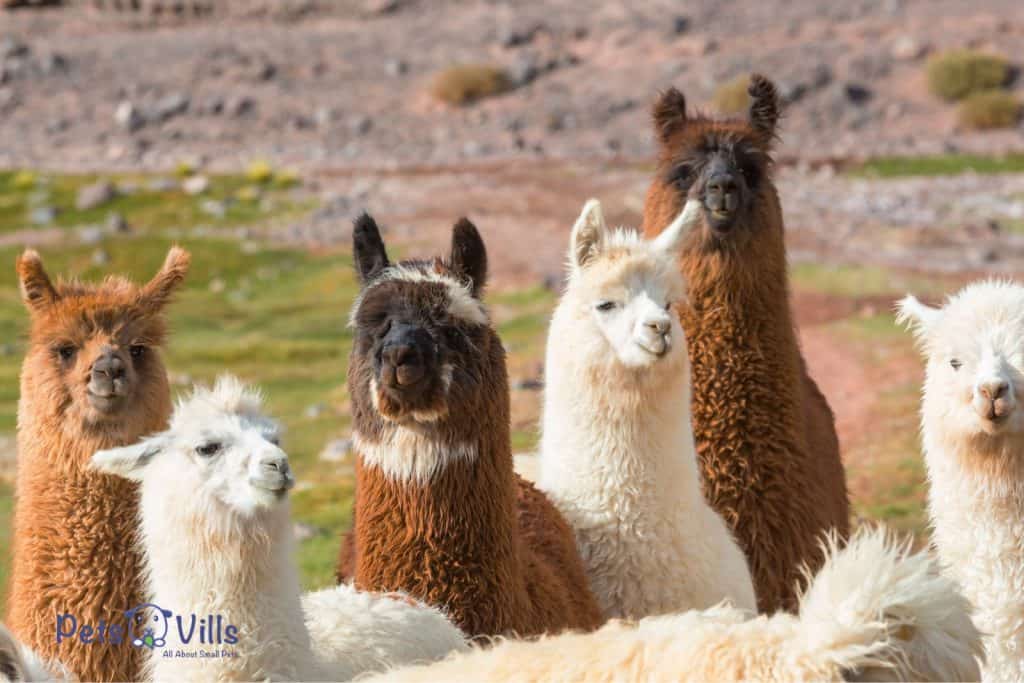
2. American Bisons
Large, powerful bovines native to North America that are famous for their meat and as a symbol of the American West.
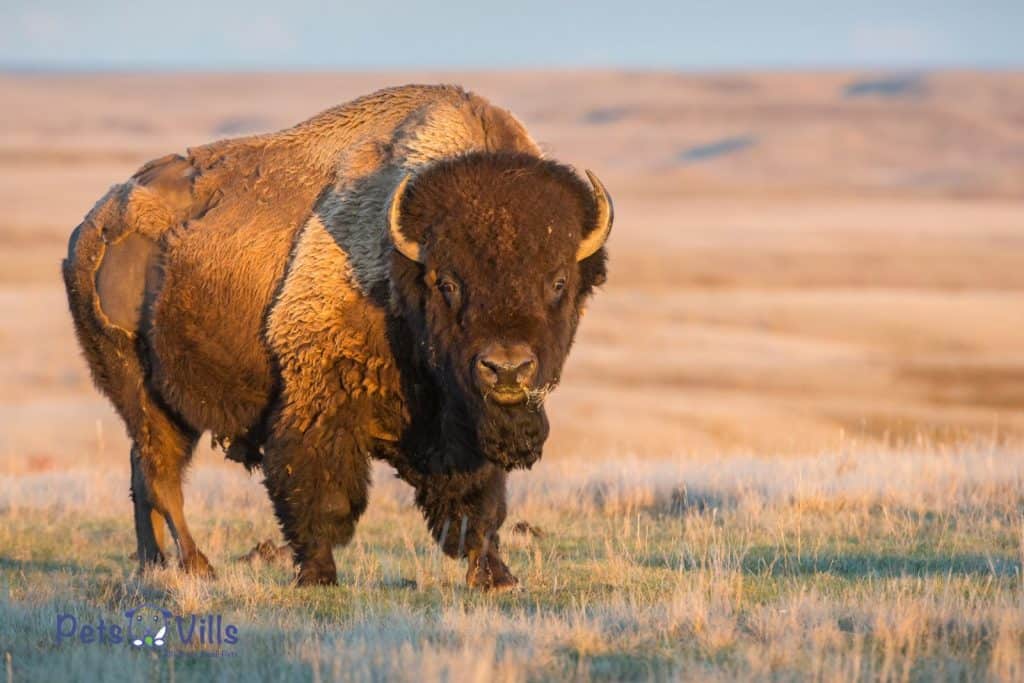
3. Asian Water Buffalos
Domesticated water buffalos are used for their milk, meat, and as draft animals.
4. Bearded Dragons
Small, docile lizards native to Australia that are popular as pets for their friendly personalities and unique appearance.
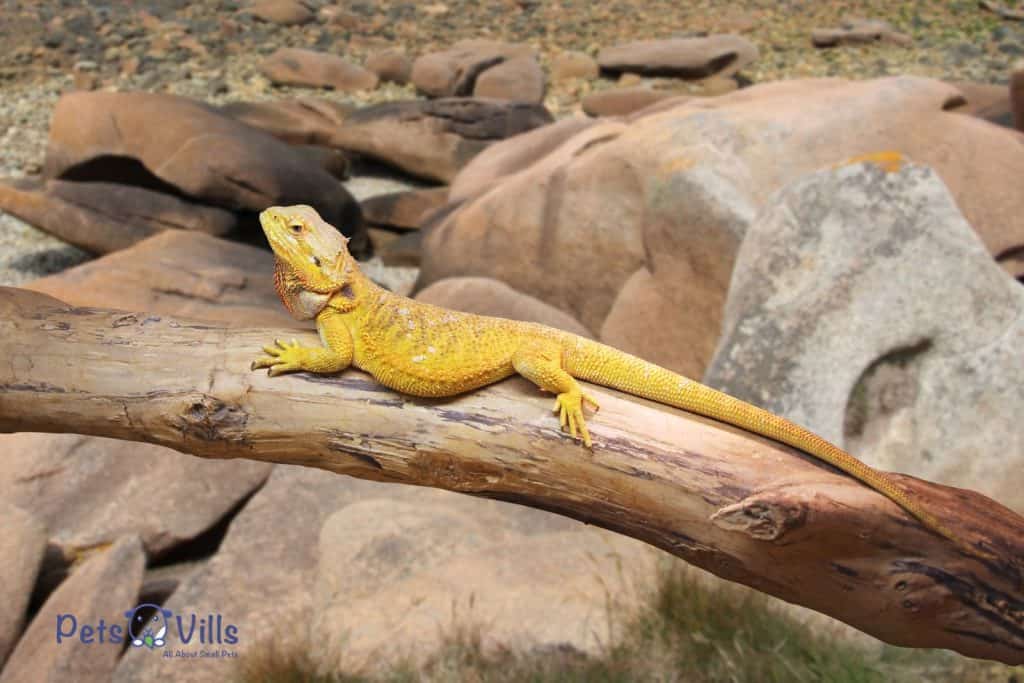
5. Camels
Large, hump-backed ungulates that are used for transportation, milk, meat, and as pack animals.

6. Chameleons
Unique lizards that can change their color and are popular as exotic pets.
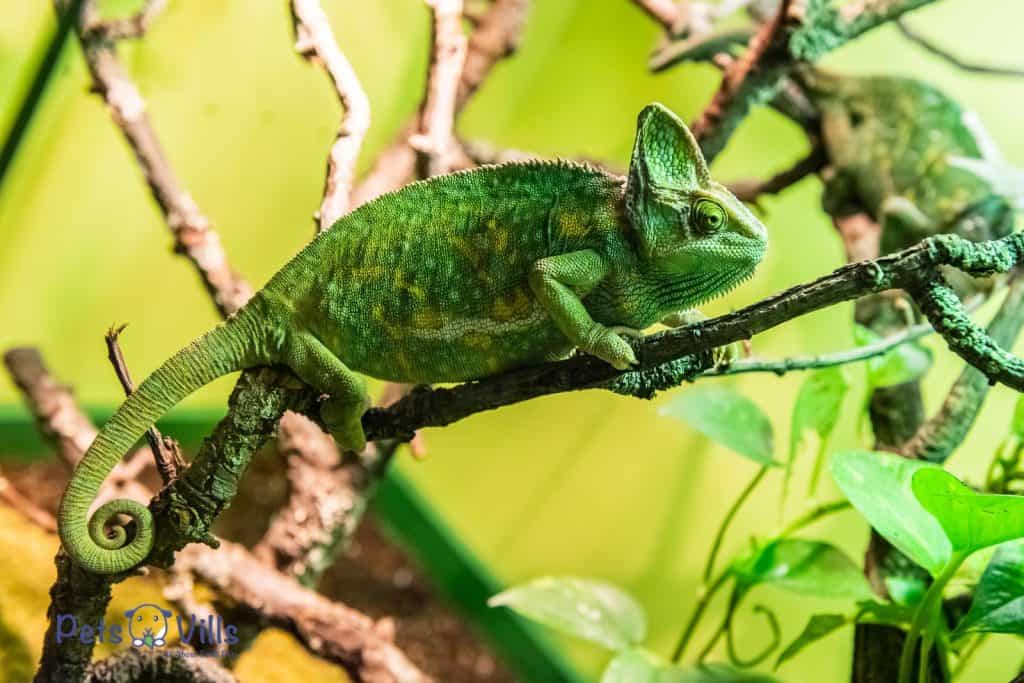
7. Chinchillas
Small, furry rodents native to South America that are popular as pets for their soft fur and playful personalities.
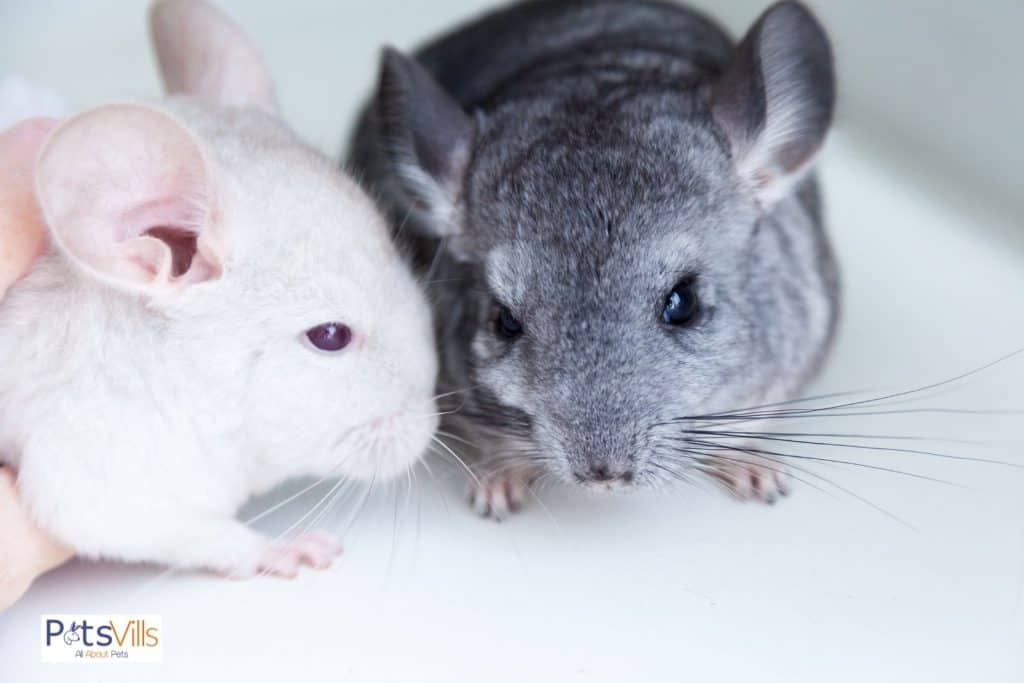
8. Chinese Water Dragons
Lizards native to Southern China and Southeast Asia that are popular as pets for their unique appearance and docile temperament.
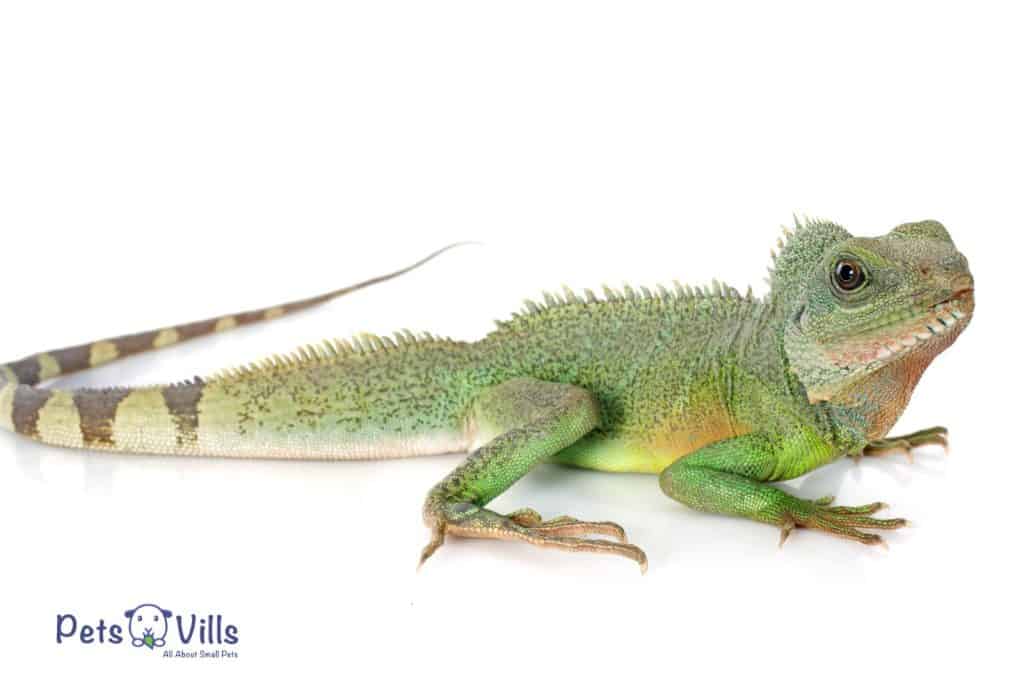
9. Desert Tortoises
According to the California Turtle & Tortoise Club (3), California’s law states that a permit is needed to possess a Desert Tortoise and any other species of Gopherus such as a Texas Tortoise or a Gopher Tortoise.
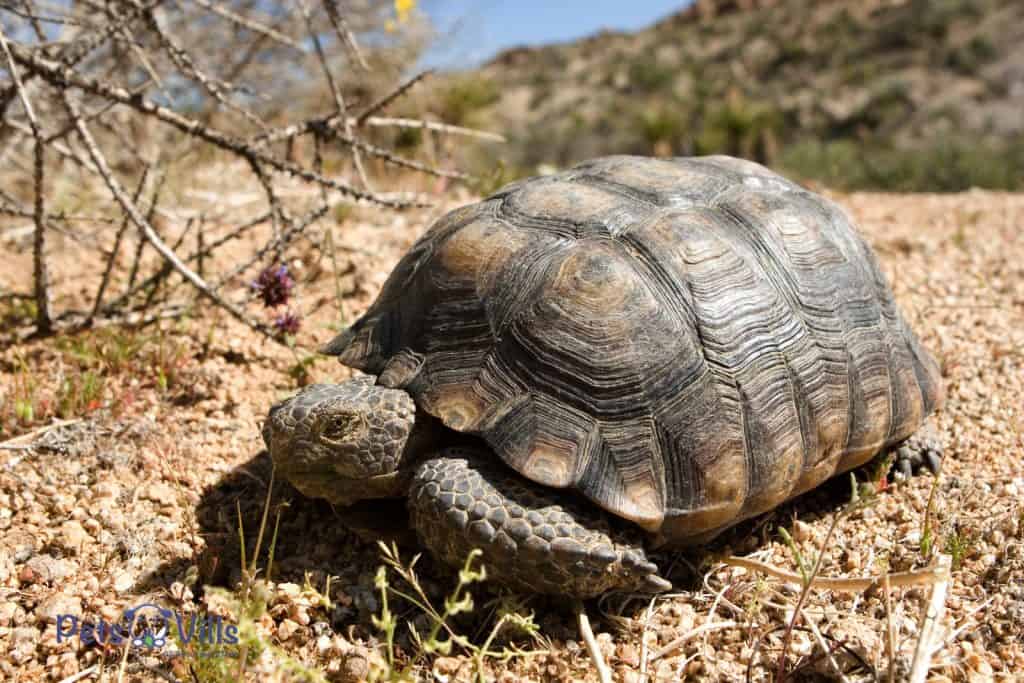
10. Geckos
Small lizards found in warm climates around the world that are popular as pets for their unique appearance and ease of care.
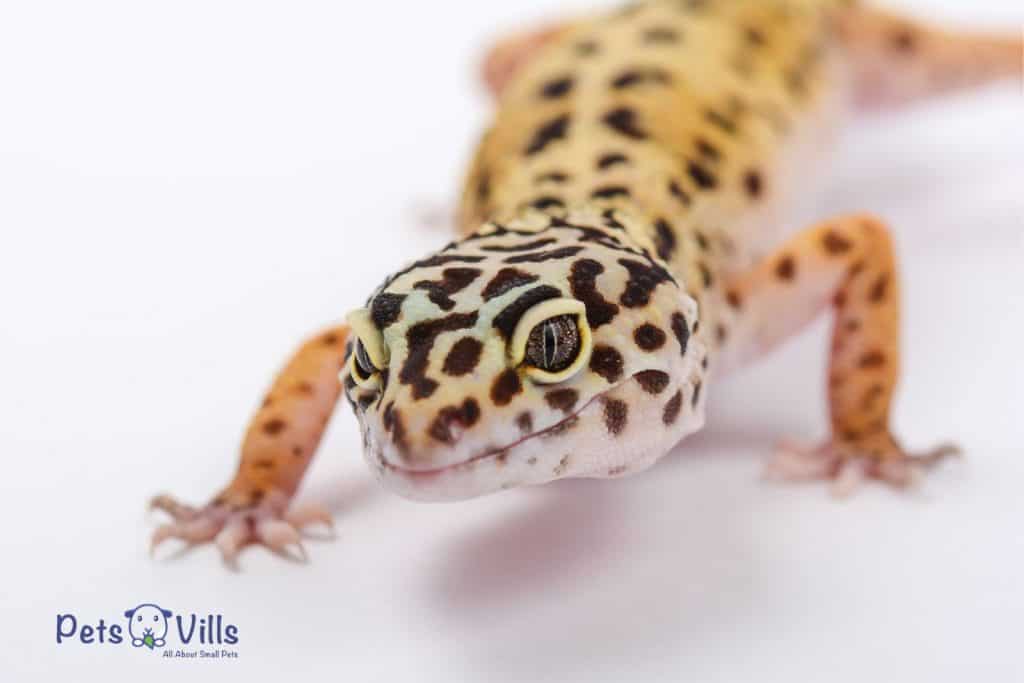
11. Guinea Pigs
Small, social rodents that are popular as pets for their docile temperament and friendly personalities.
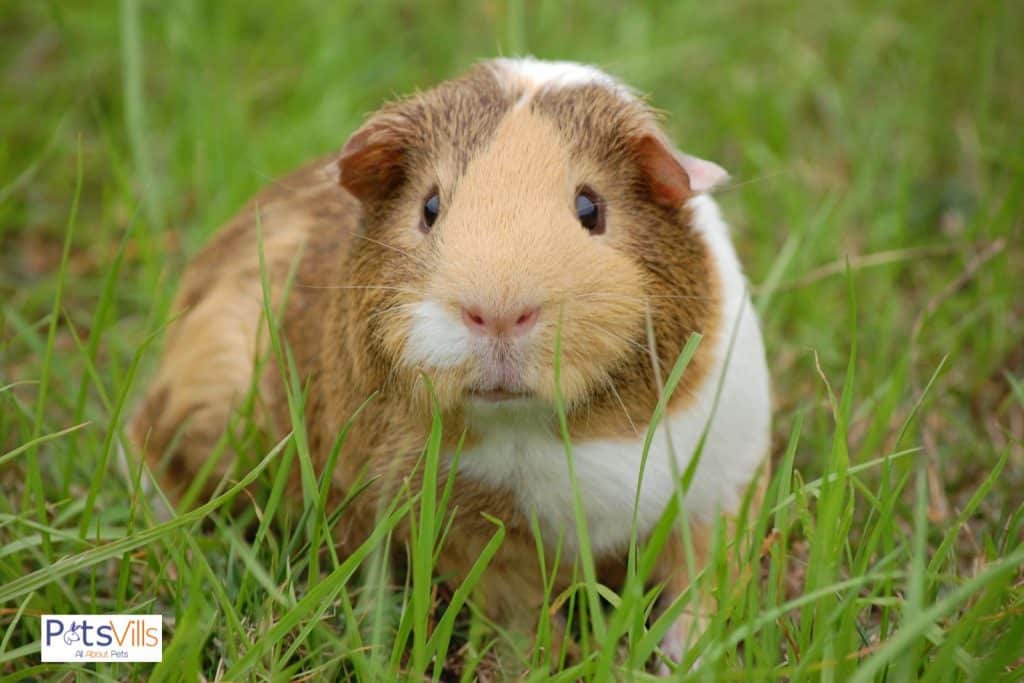
12. Hamsters
Are hamsters illegal in California? It depends on the species of hamster. While there are nineteen officially recognized hamster species, only five are commonly kept as pets.
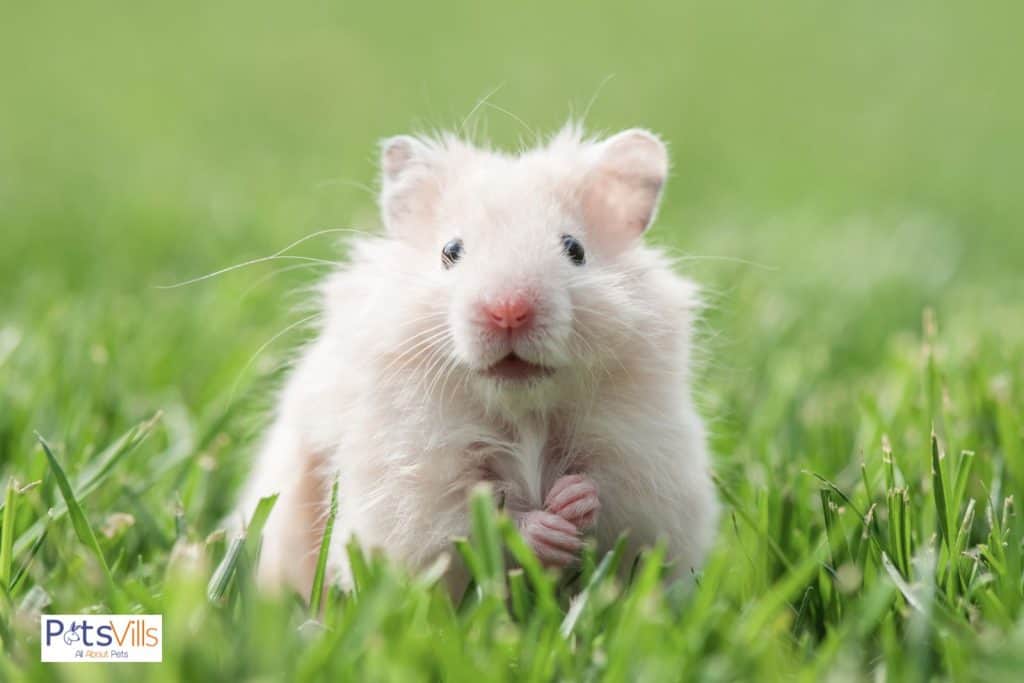
They include Campbell’s Dwarf Hamster, Chinese Hamster, Roborovski Dwarf Hamster, Syrian Hamster, and Winter White Dwarf Hamster. The only legal ones in California are the 3 Dwarf species and the Syrian. Chinese Hamsters are illegal in the state.
13. Hybrid Cats
Hybrid cats are legal in California because they are technically domesticated animals. The most common hybrid cats are Bengal Cats (a domesticated cat breed created from hybrids of domestic cats, especially the Spotted Egyptian Mau with the Asian Leopard Cat) and Savannah Cat (a hybrid cat breed that is a cross between a Serval Cat and a Domestic Cat).
14. Jellyfish
There are about two hundred species of jellyfish around the world. The most common species kept as pets is Moon Jellyfish, clearly identified by their translucent, moonlike bell.
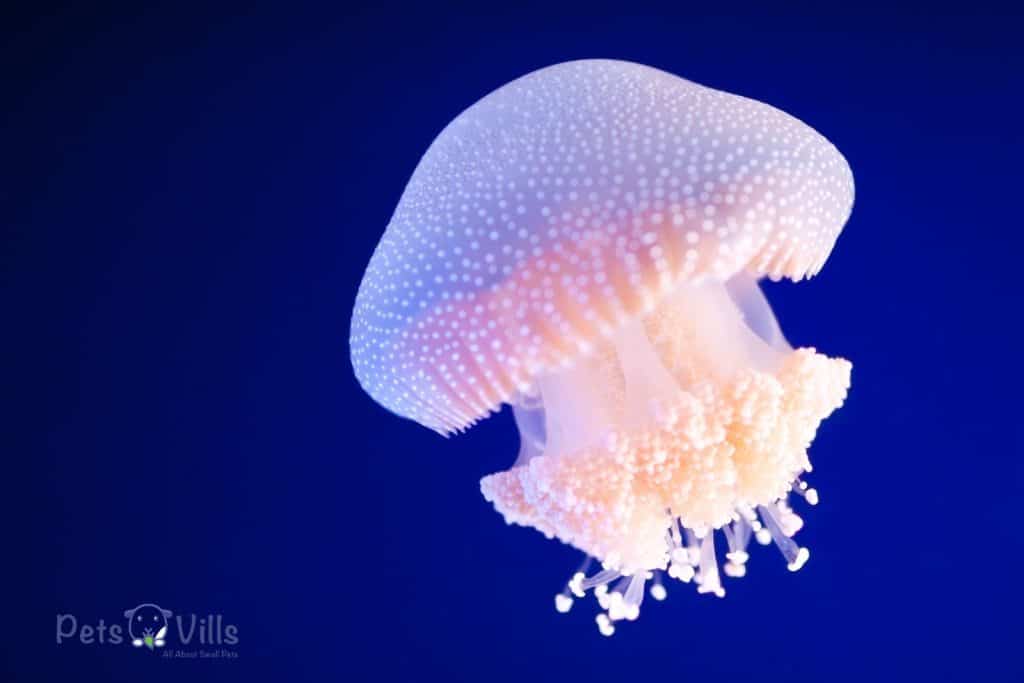
15. Large Constrictor Snakes
Non-venomous constrictor snakes are legal in California, including Green Anacondas (grow to an average of 20 to 30 feet long and weigh more than 550 pounds), Burmese Pythons (grow to an average of 16 to 23 feet long and weigh up to 200 pounds), Reticulated Pythons (grow to an average of 20 feet long and weigh an average of 150 pounds) and Boa Constrictors (grow up to 13 feet long and weigh more than 100 pounds).
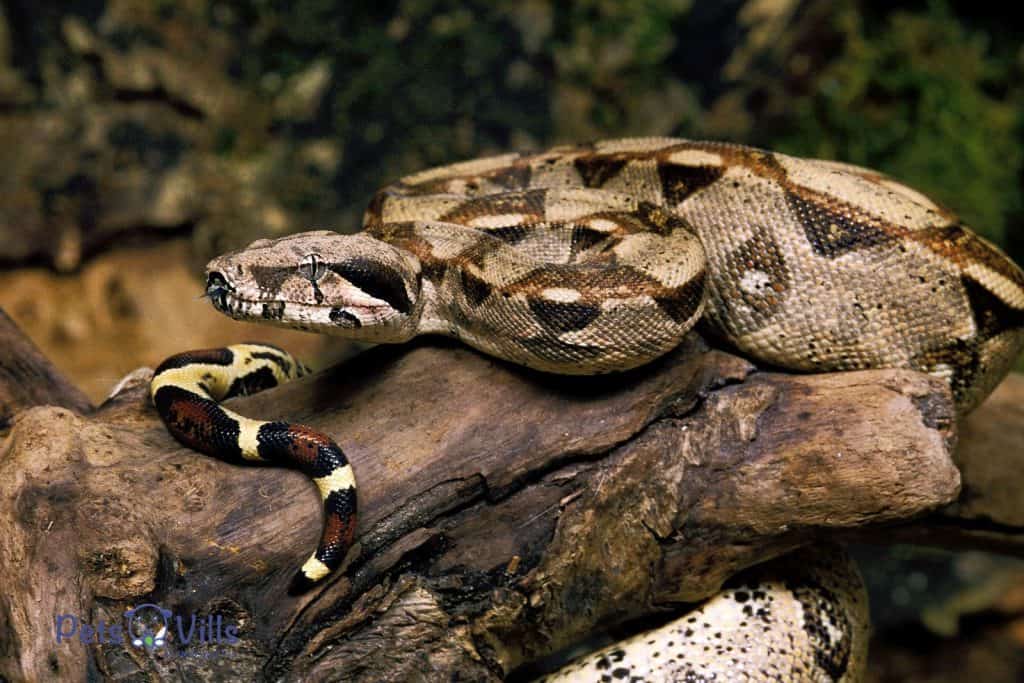
16. Madagascar Hissing Cockroaches
Madagascar Hissing Cockroaches are one of the largest species of cockroaches, reaching lengths of 5 to 7.5 centimeters at maturity. While they are legal to own in California, they cannot be shipped to California from other states unless the shipper permits them.
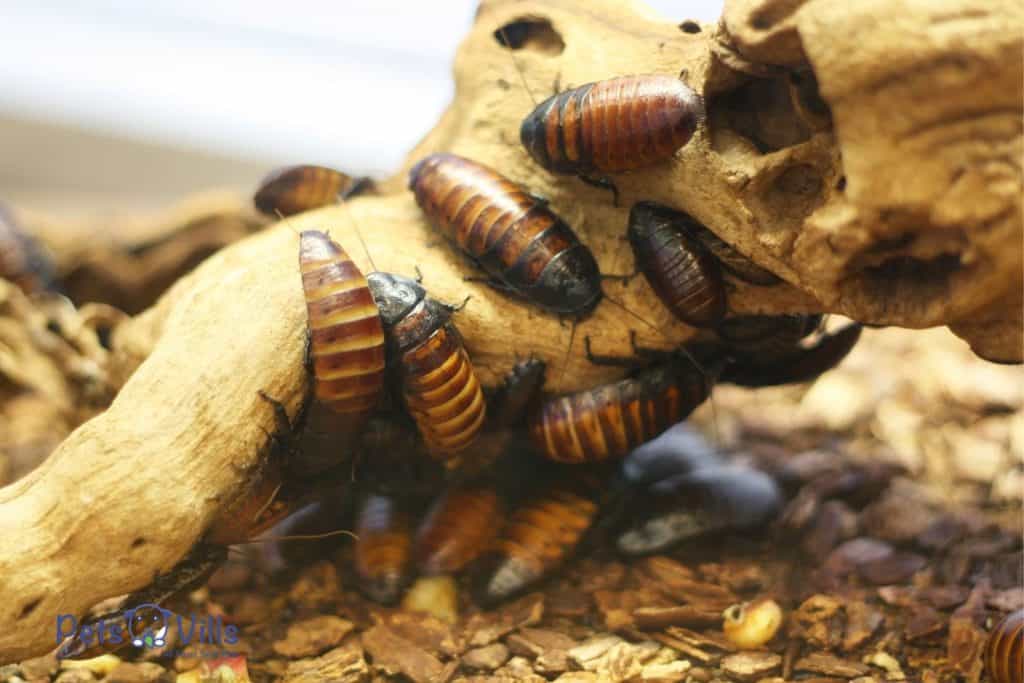
17. Mice
Small rodents that are popular as pets for their cute appearance and ease of care.
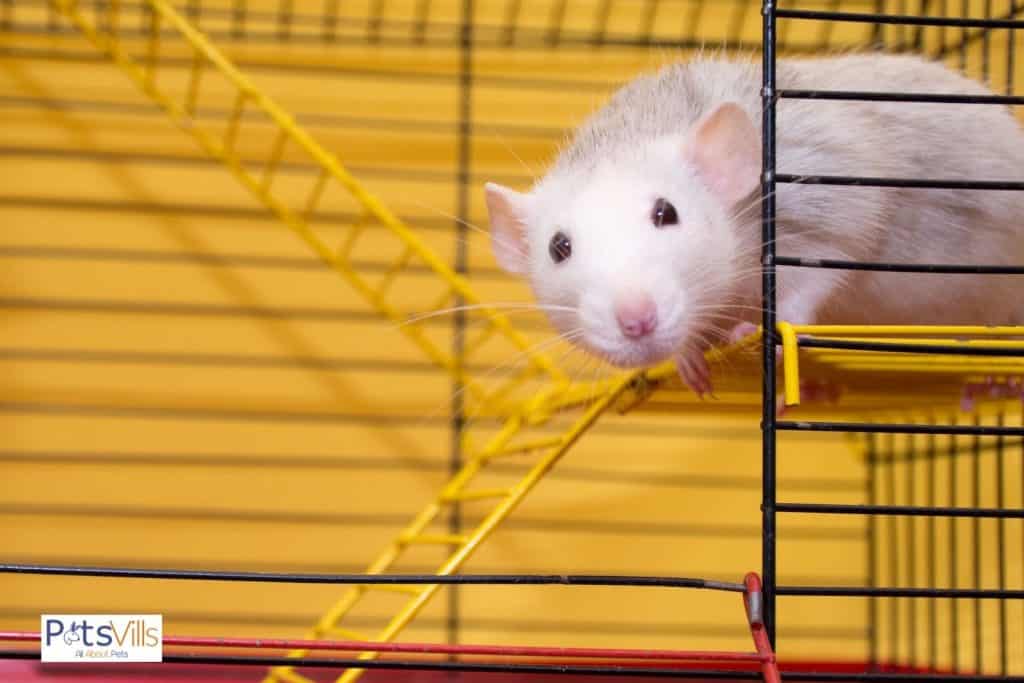
18. Monitor Lizards
Monitor Lizards are large lizards with long necks, powerful claws & tails, and well-developed limbs. They are native to Africa, Asia, and Oceania.
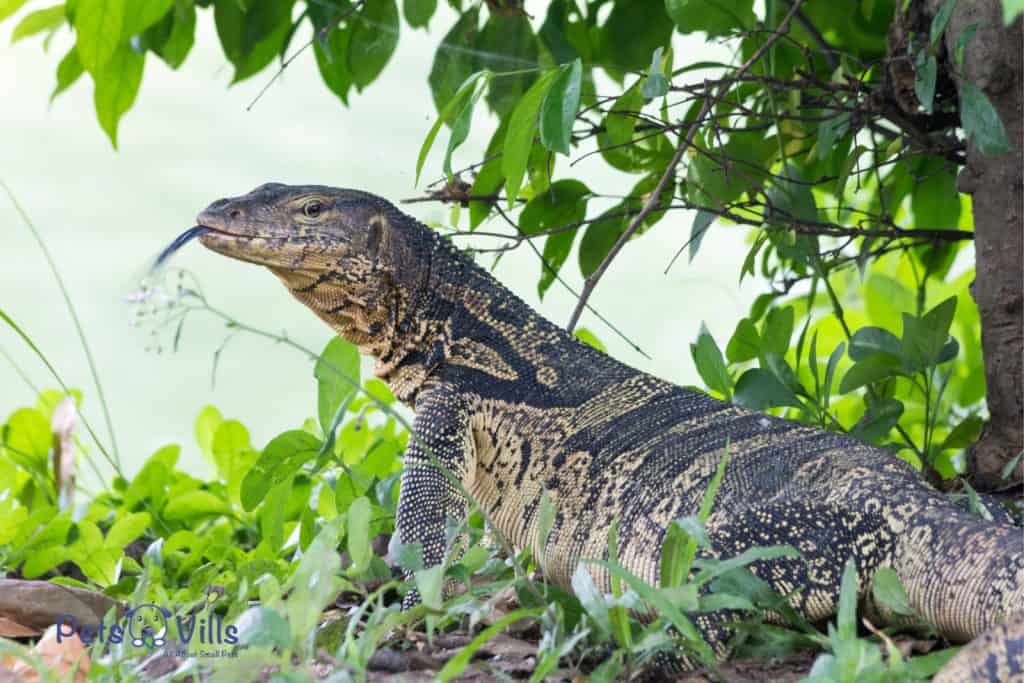
19. Ostriches
Large, flightless birds that are popular for their meat, feathers, and as a symbol of African wildlife.
20. Peacocks
Large, colorful birds that are popular for their stunning feathers and unique appearance.
21. Pot-Bellied Pigs
Small pigs that are popular as pets for their docile temperament and small size.

22. Pygmy Goats
Small goats that are popular as pets for their playful personalities and small size.
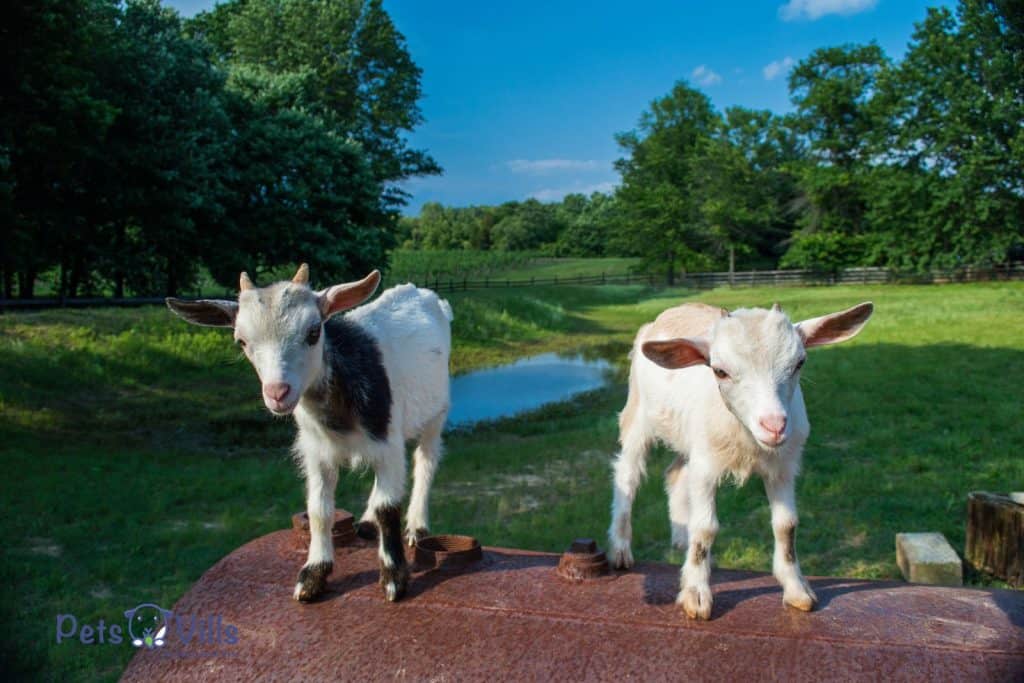
23. Rats
Small, social rodents that are popular as pets for their intelligence and friendly personalities.
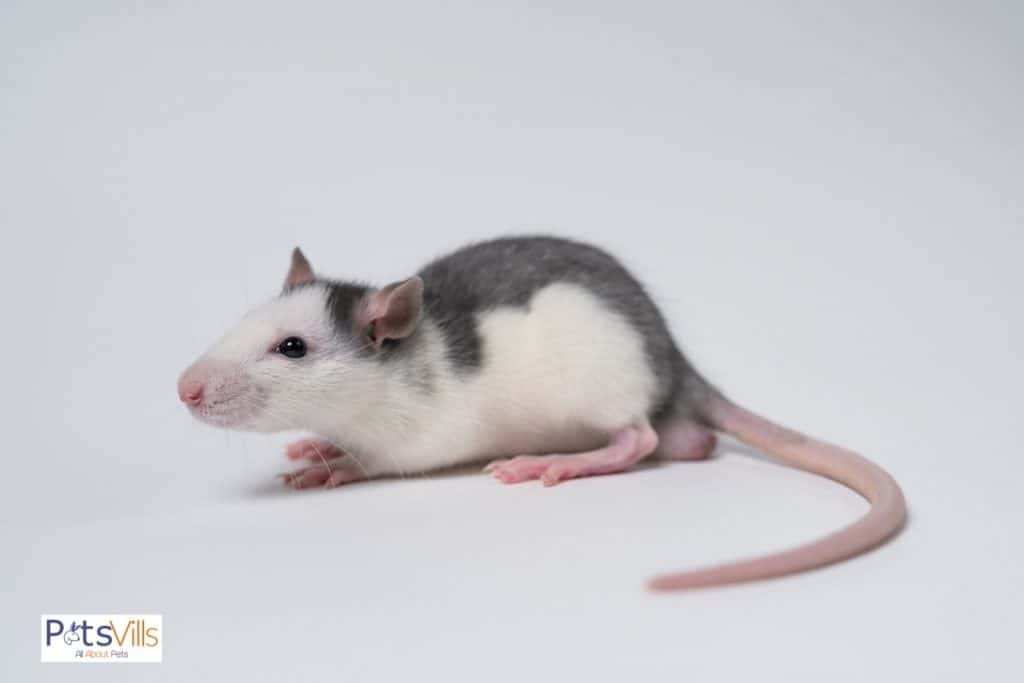
24. Scorpions
Arachnids with a venomous sting that are popular as exotic pets for their unique appearance.
25. Tarantulas
Large, hairy spiders that are popular as exotic pets for their unique appearance and low maintenance care.
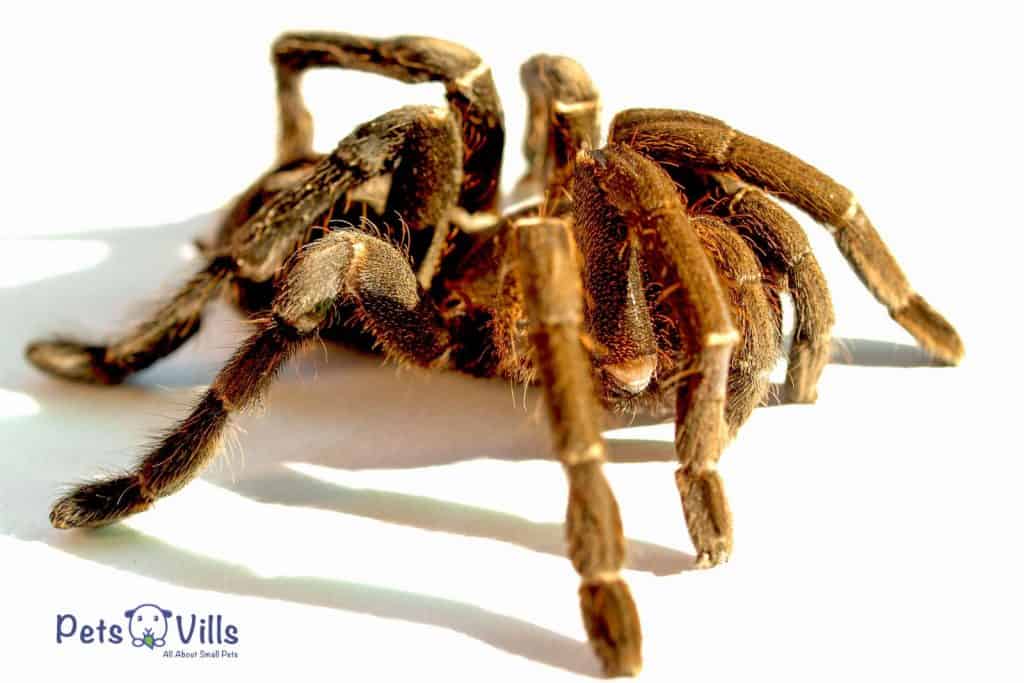
26. Toucans
Large, colorful birds with unique bills that are popular as exotic pets for their stunning appearance.
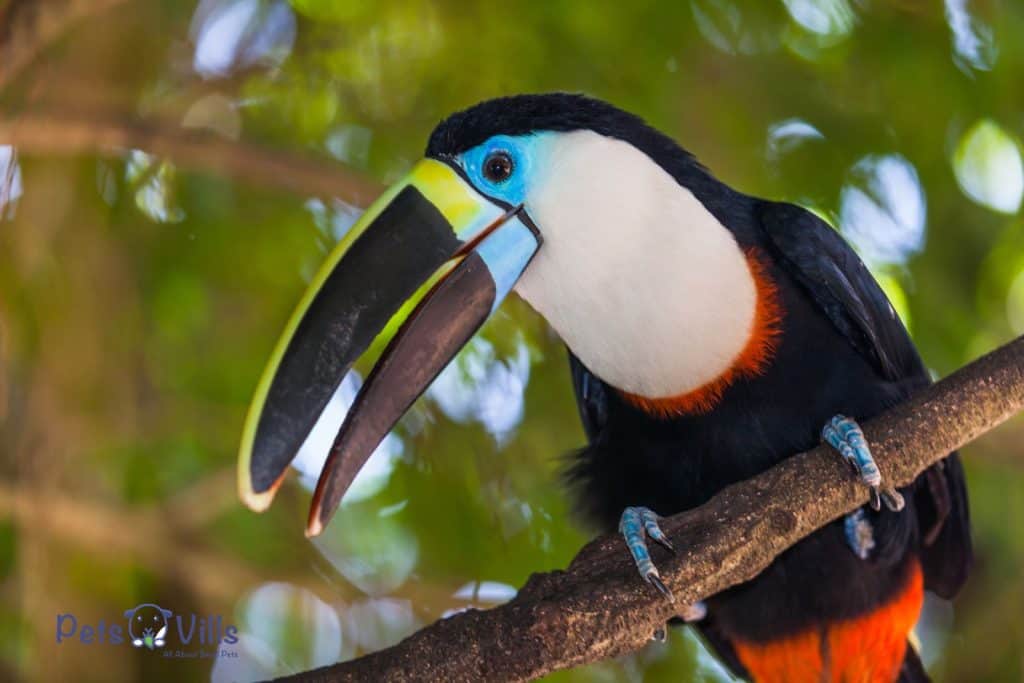
27. Wolfdogs– (AKA Wolf Hybrids)
A wolfdog is a cross between a domesticated dog with either an Eastern Wolf, an Ethiopian Wolf, a Gray Wolf, or a Red Wolf. Pure Wolves and first-generation (F1) wolfdogs are illegal in California, but all others are legal.
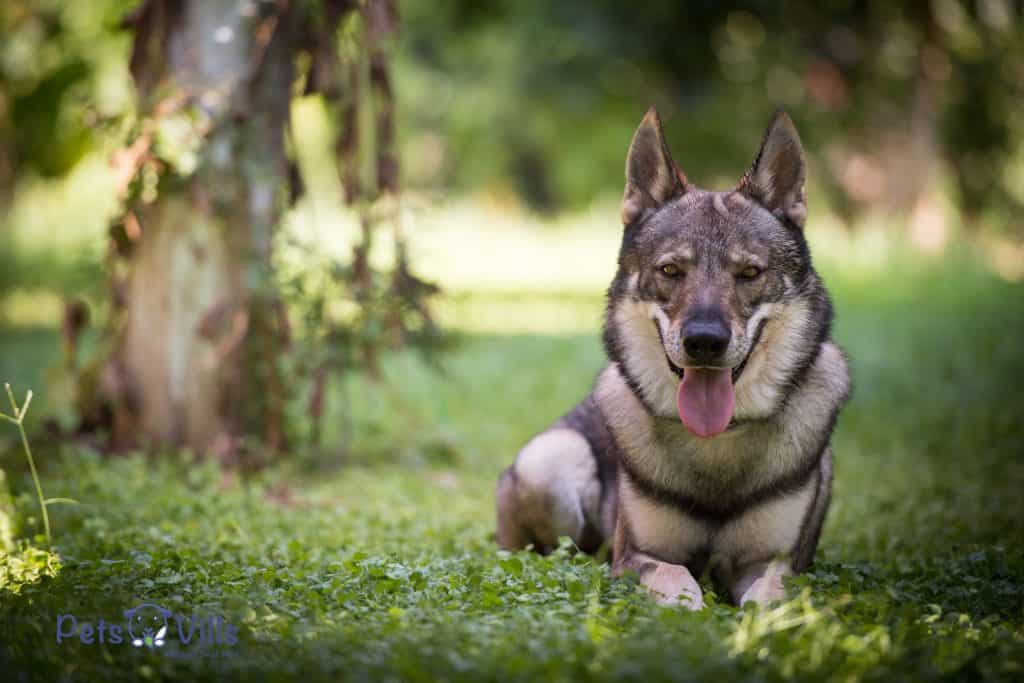
The number that follows the letter F indicates how many generations away from a pure wolf the wolfdog is. For instance, a first-generation (F1) wolfdog means that either the mom or the dad is a pure wolf to the wolfdog and a second-generation (F2) wolfdog means one of the grandparents is a pure wolf to the wolfdog.
28. Yaks
Large, shaggy bovines that are popular for their meat, milk, and as pack animals in high-altitude areas.
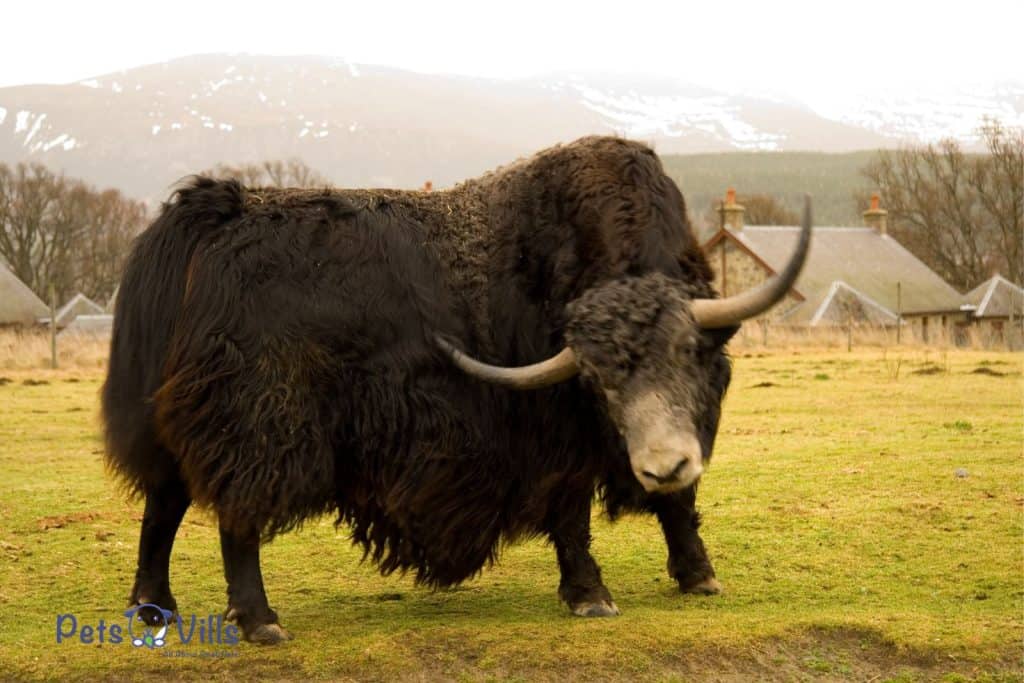
29. Zebras
All members of the Equidae family are legal in California. This includes donkeys, horses, and zebras.
Check out this video for a quick recap of legal exotic pets in California:
Now let’s check the ILLEGAL ONES!
35 Illegal Exotic Pets in California
Did you know that compared to other states, California has far more laws regarding pet ownership?

That’s why it’s important for you to be aware of the legal status of an animal before taking it in as a pet.
Here’s a list of illegal exotic pets in California.
1. African Clawed Frogs
African Clawed Frogs are aquatic amphibians that are commonly kept as pets. They are named after the claws on their front feet which they use to help catch their food. African Clawed Frogs can be easy to care for and live for up to 25 years.

2. Alligators & Crocodiles
Alligators and crocodiles are large, powerful reptiles that are not suitable for domestic life. They require a specialized environment and diet, and can be very dangerous to humans. It is illegal to own an alligator or crocodile in California without a permit.
3. Anteaters
Anteaters are unusual-looking animals with long snouts and tongues used to eat ants and termites. While they may be cute and interesting to look at, they are not suitable as pets. Anteaters require a specialized diet and environment and can be dangerous to humans.
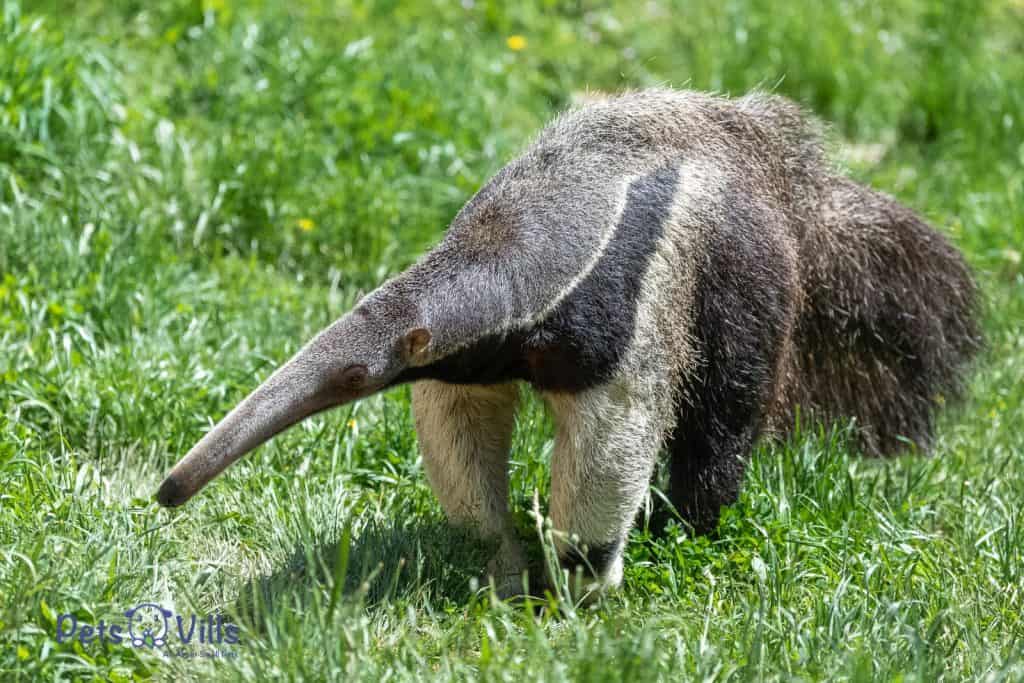
4. Armadillos
Armadillos are unique mammals with armor-like skin. While they may look interesting, they are not suitable as pets. Armadillos require a specialized diet and environment and can carry diseases that can be transmitted to humans.
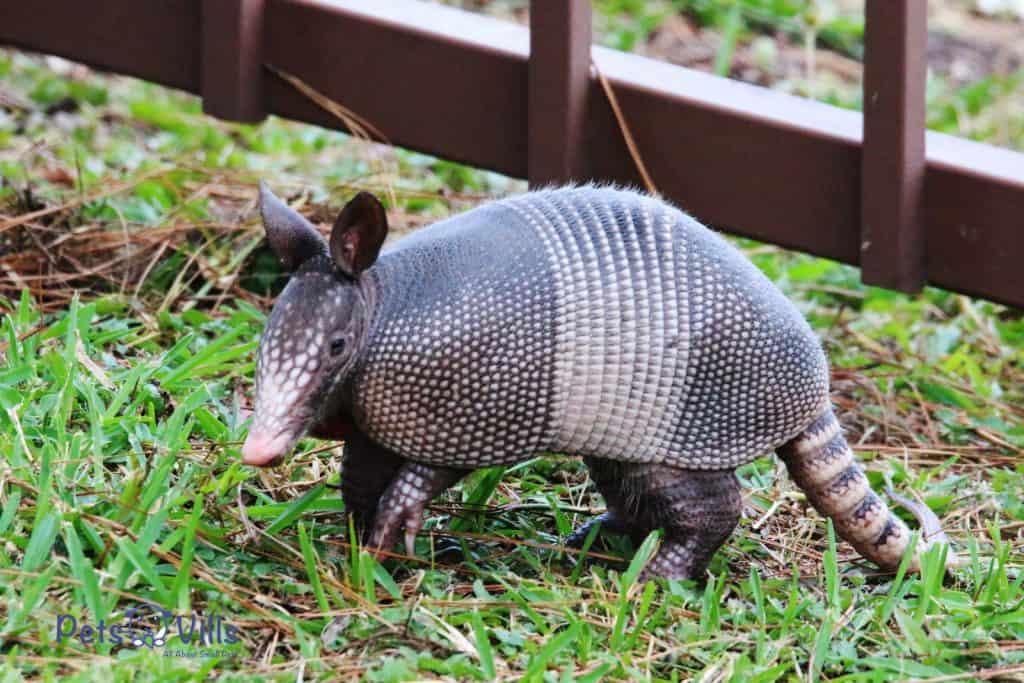
5. Axolotls
Axolotls are an aquatic species of salamanders with tiny eyes and no eyelids. They are illegal to have in California because they are an endangered species.
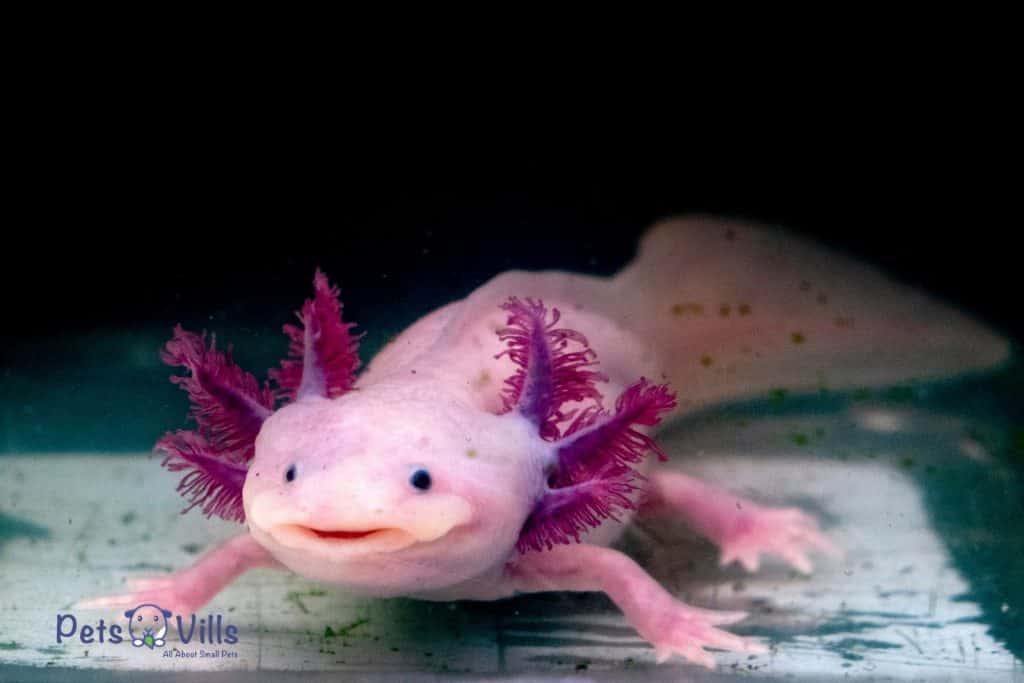
6. Bats
Bats are fascinating creatures that play an important role in many ecosystems. However, they are not suitable as pets. Bats carry diseases that can be transmitted to humans and require a specialized environment and diet.
7. Big Cats
Big Cats (Cheetahs, Cougars, Jaguars, Leopards, Lions, and Tigers) are illegal to own in California because they are large powerful animals capable of severely injuring or killing humans.
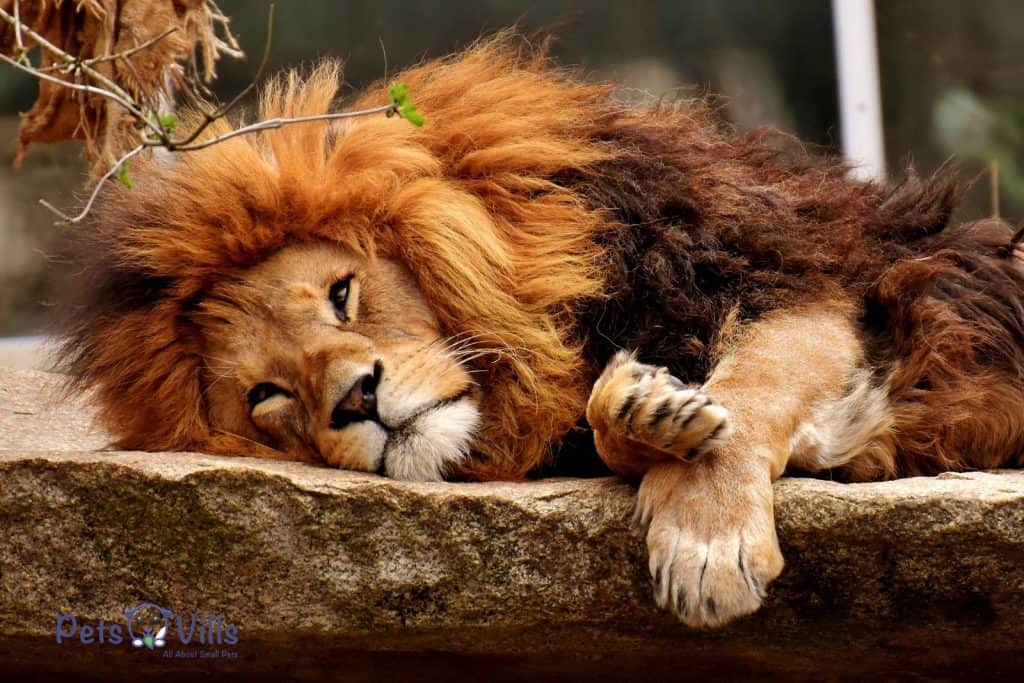
More specifically, these cats endanger people who live in the home and around the property and people living in the neighborhood, and first responders who are not equipped to manage a big cat who may have escaped.
8. Bushbabies
Bushbabies, also known as galagos, are small primates native to Africa. While they may look cute and interesting, they are not suitable as pets. Bushbabies require a specialized diet and environment and can be dangerous to humans.
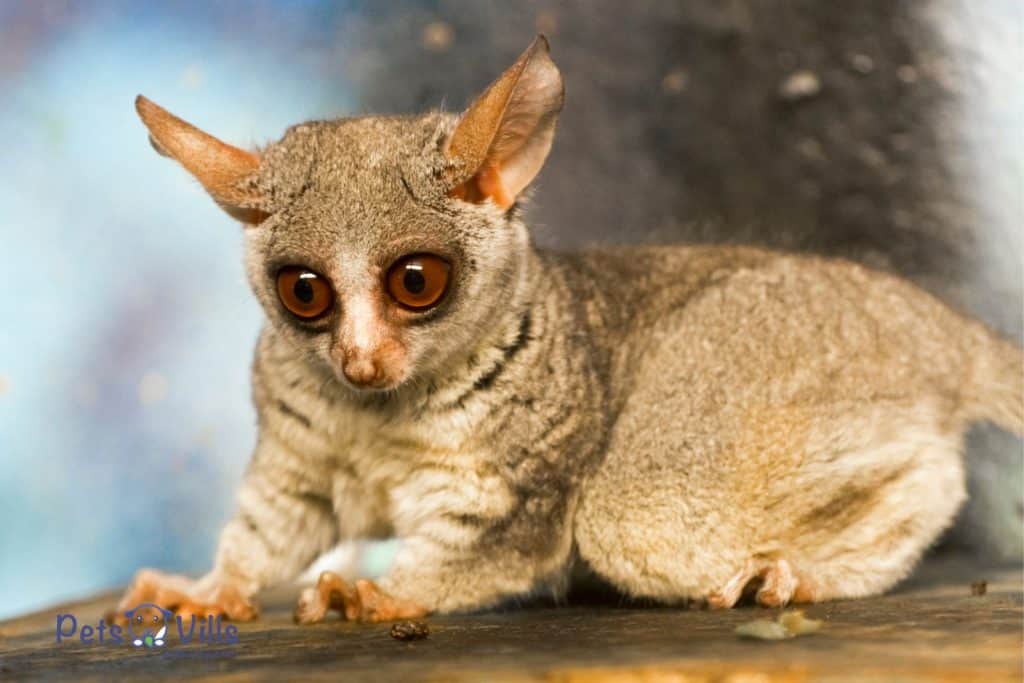
9. Caimans
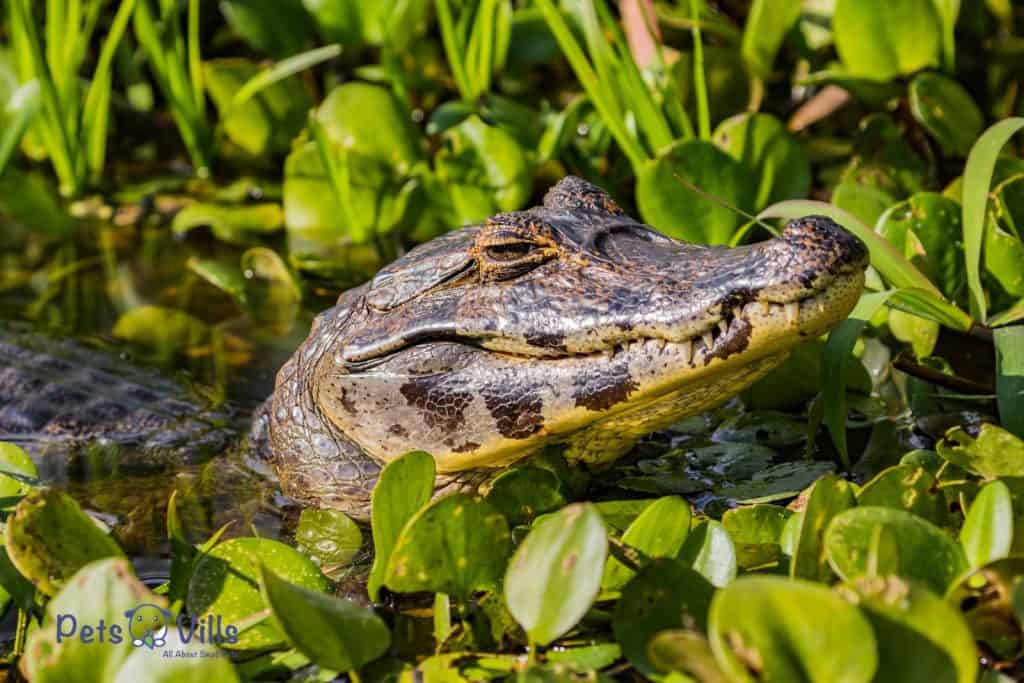
Caimans are one of several species of reptiles from Central America and South America. They are closely related to alligators.
10. Capybaras
Capybaras are giant cavy rodents considered the largest living rodent. Adults weigh 77 to 150 pounds, stand about 20 to 25 inches high, and measure 3.5 to 4.4 feet long. They are native to South America.
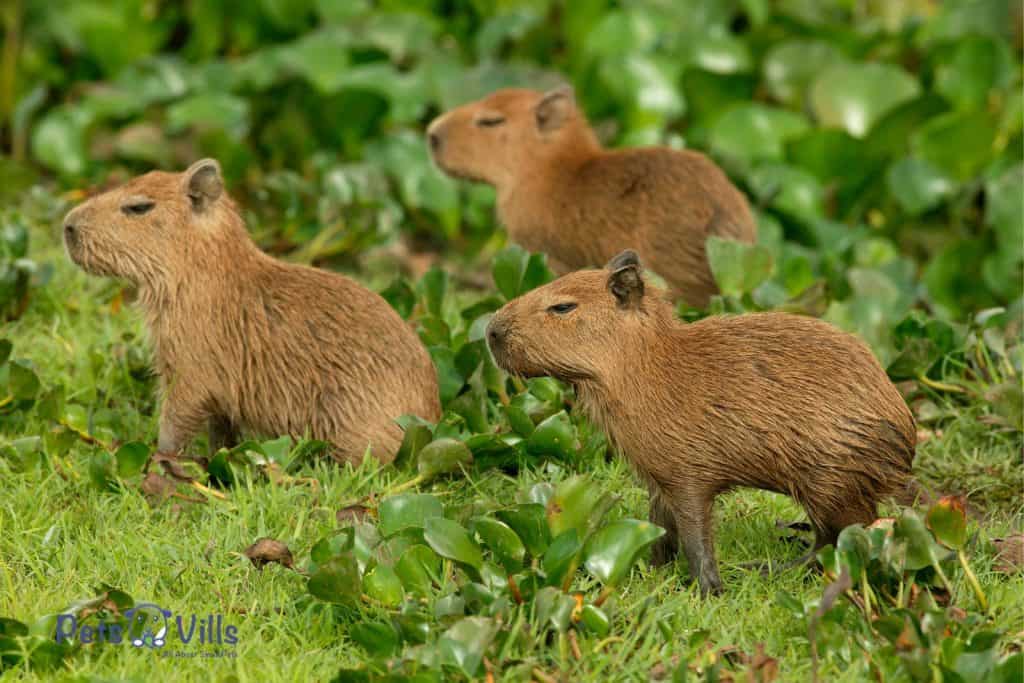
11. Chipmunks
Chipmunks are small rodents that are native to North America. While they may be cute and interesting to look at, they are not suitable as pets. Chipmunks require a specialized environment and diet and can be difficult to care for.
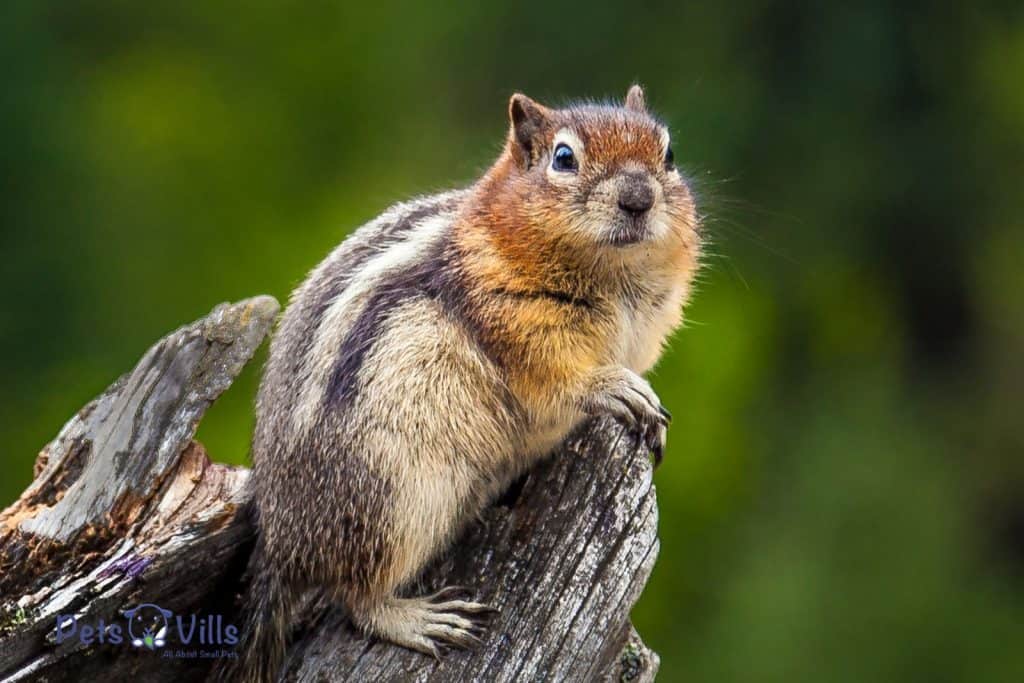
12. Degus
Degus are small rodents native to Chile. While they may be cute and interesting to look at, they are not suitable as pets. Degus require a specialized diet and environment and can be difficult to care for.
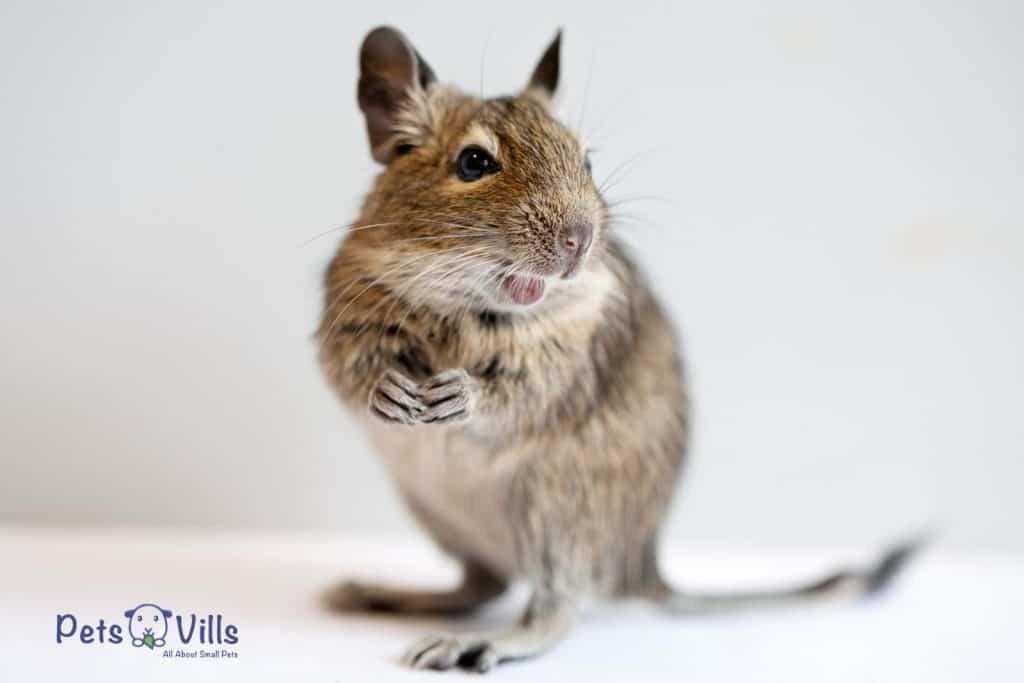
13. Elephants
Elephants are majestic creatures that require a specialized environment and diet. They are not suitable as pets and it is illegal to own an elephant in California.
14. Ferrets
Ferrets are small mammals that are popular pets. While they may be cute and playful, they require a specialized diet and environment to thrive.
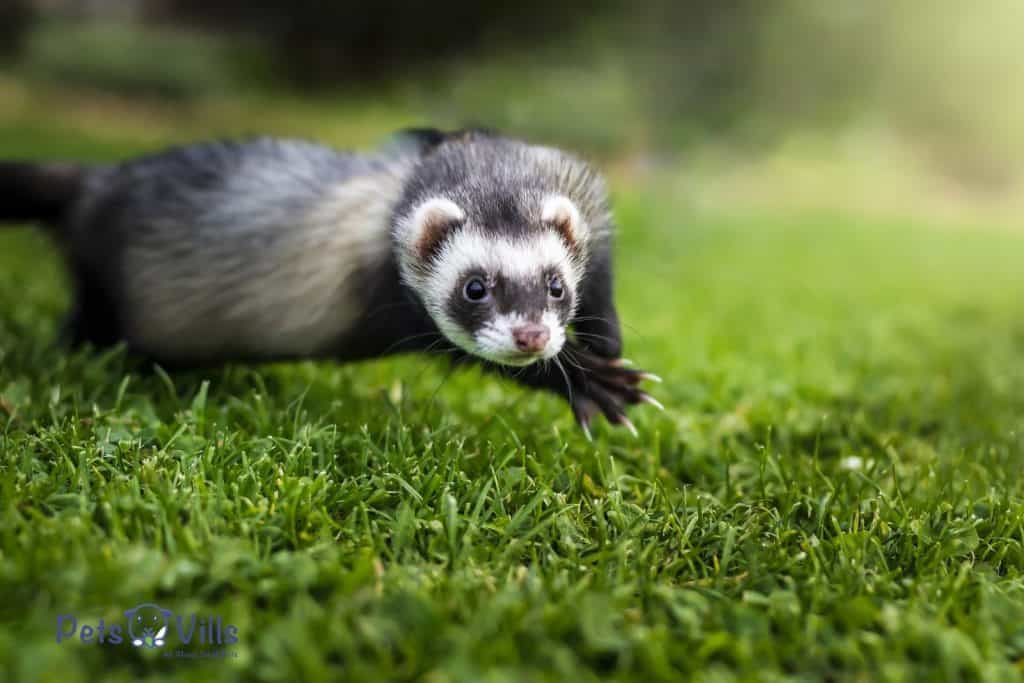
15. Foxes
Foxes are wild animals that are not suitable as pets. They require a specialized diet and environment and can be dangerous to humans.

16. Gerbils
Gerbils are small rodents that are popular pets. While they may be cute and interesting to watch, they require a specialized environment and diet to thrive.
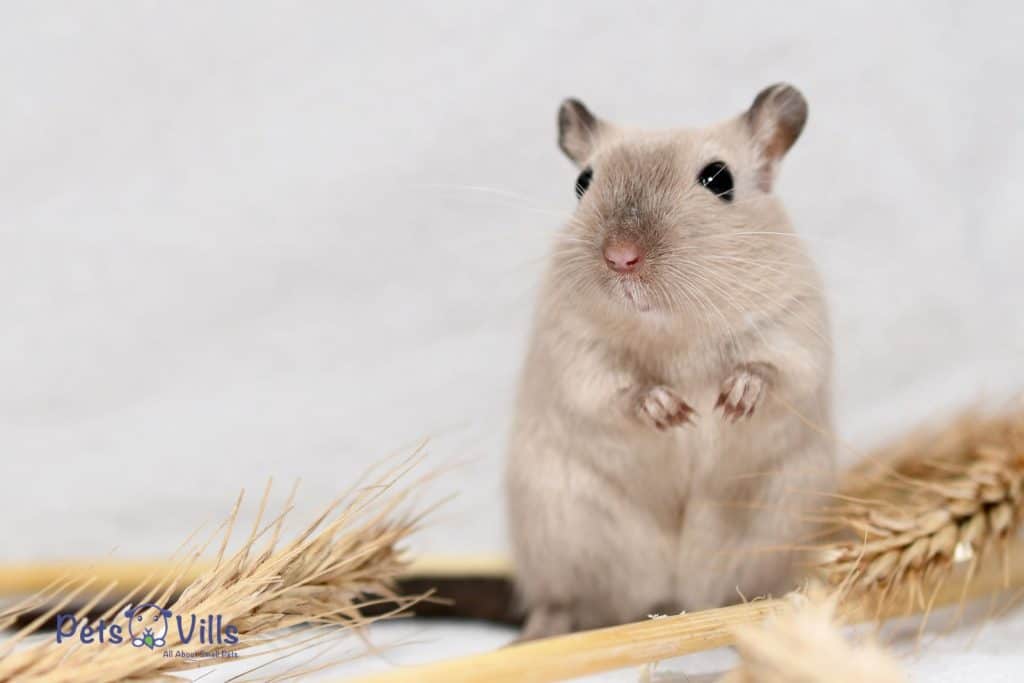
17. Hedgehogs
Are hedgehogs illegal in California?
According to the California Department of Fish and Wildlife (2) (CDFW), all 17 species of hedgehogs are restricted from being possessed as pets because they can become pests when introduced into the wild, where they don’t naturally occur.
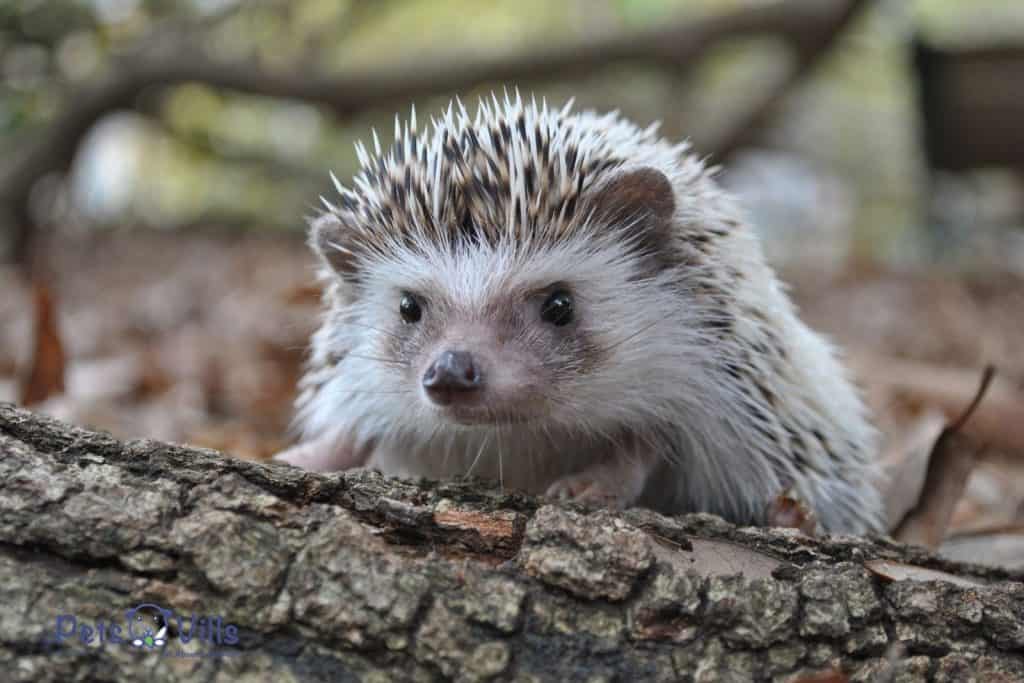
18. Kangaroos
Kangaroos are only legal to keep as pets in thirteen states,/ and California is not one of them.
19. Kinkajous
Kinkajous are tropical rainforest mammals that are related to raccoons. These critters are not legal in California because they are considered wild animals and are not native to the state. Kinkajous are native to Central America and South America.
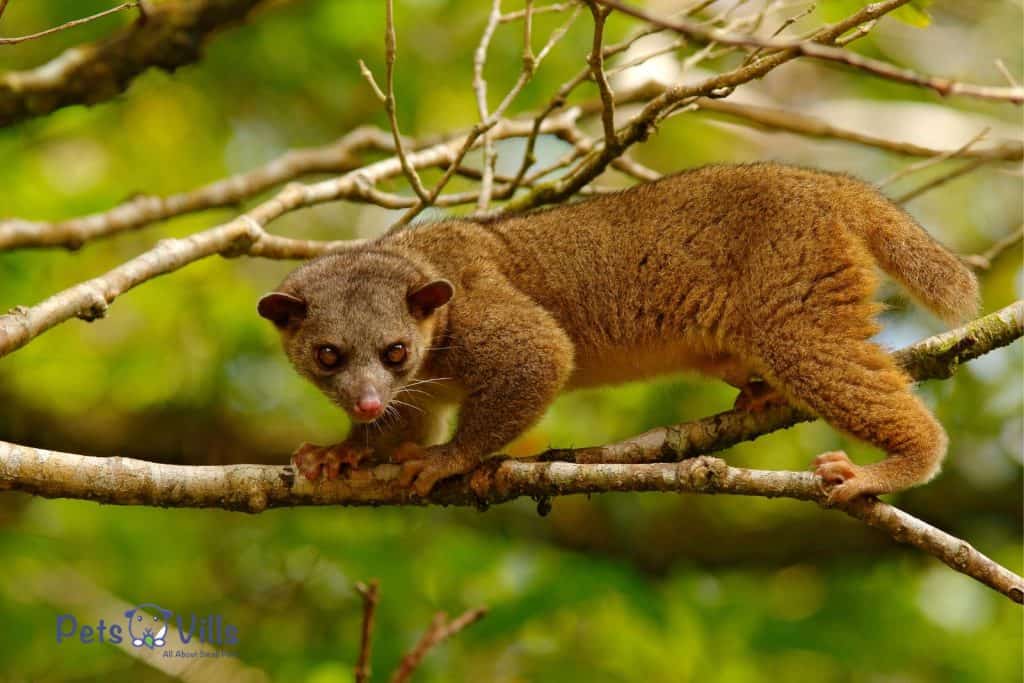
20. Komodo Dragons
These are large, venomous lizards that are native to Indonesia. They are not suitable pets as they require specialized care and can be dangerous.
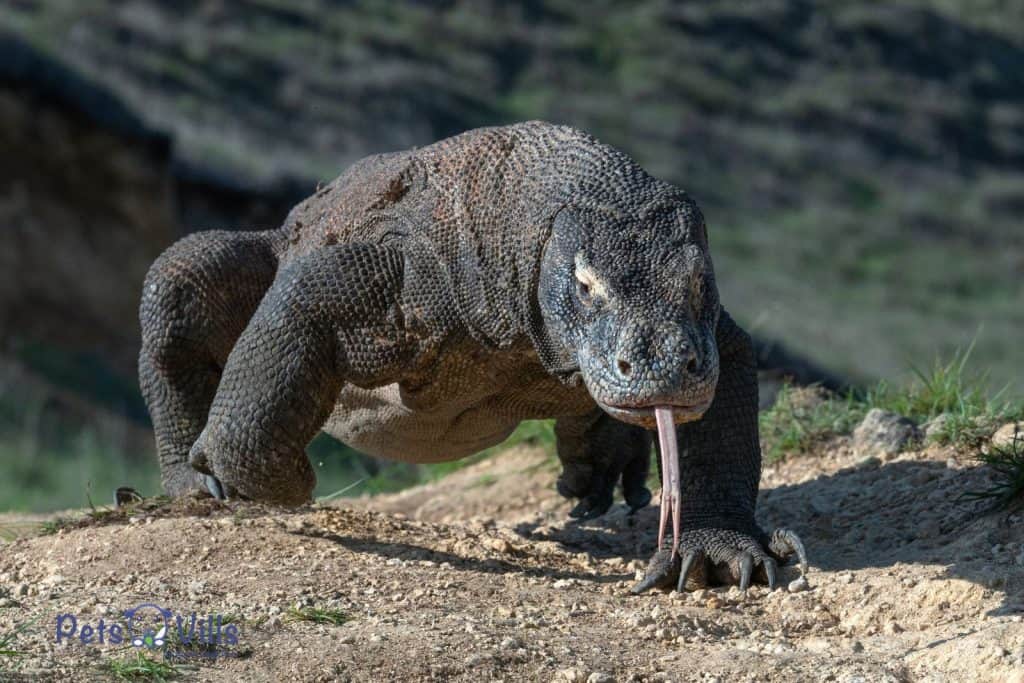
21. Lemurs
These primates are native to Madagascar and are not suitable pets as they require specific diets and socialization with their own kind.
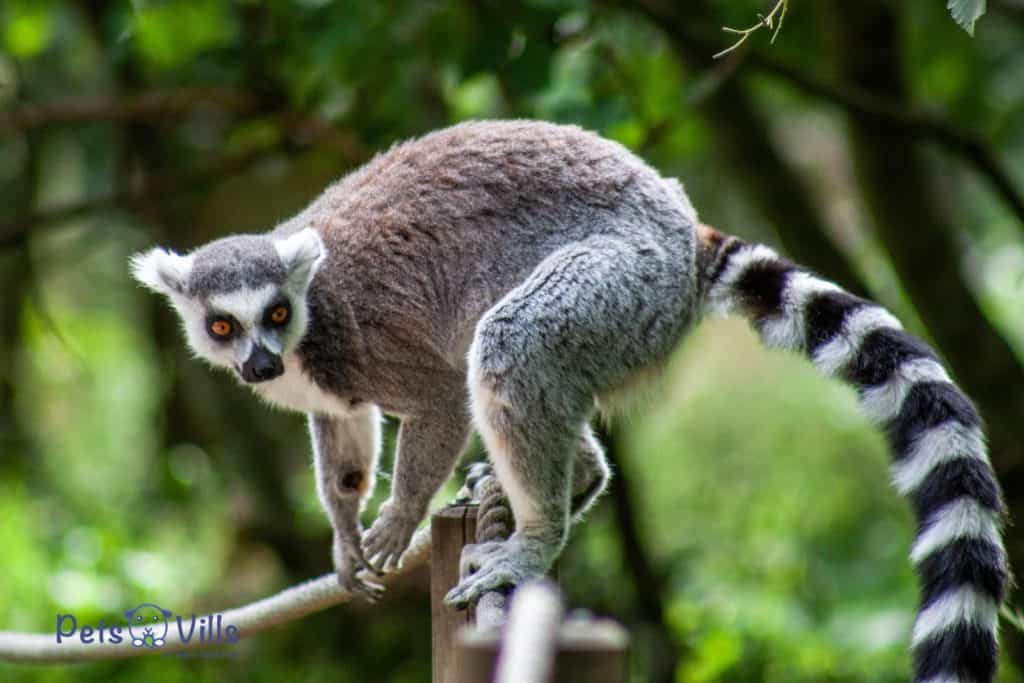
22. Minks
These small mammals are often kept as pets for their fur, but they are not suitable as pets as they require a lot of space to roam and are known to be escape artists.
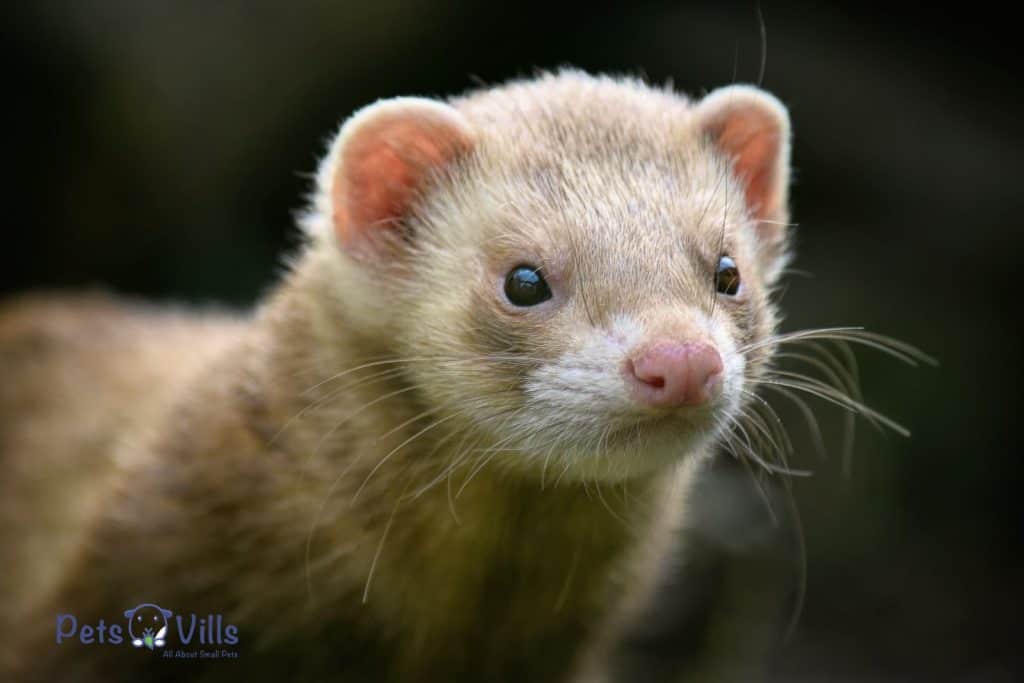
23. Moles
These small, burrowing mammals are not suitable as pets as they have specialized needs and are not meant to be kept in captivity.
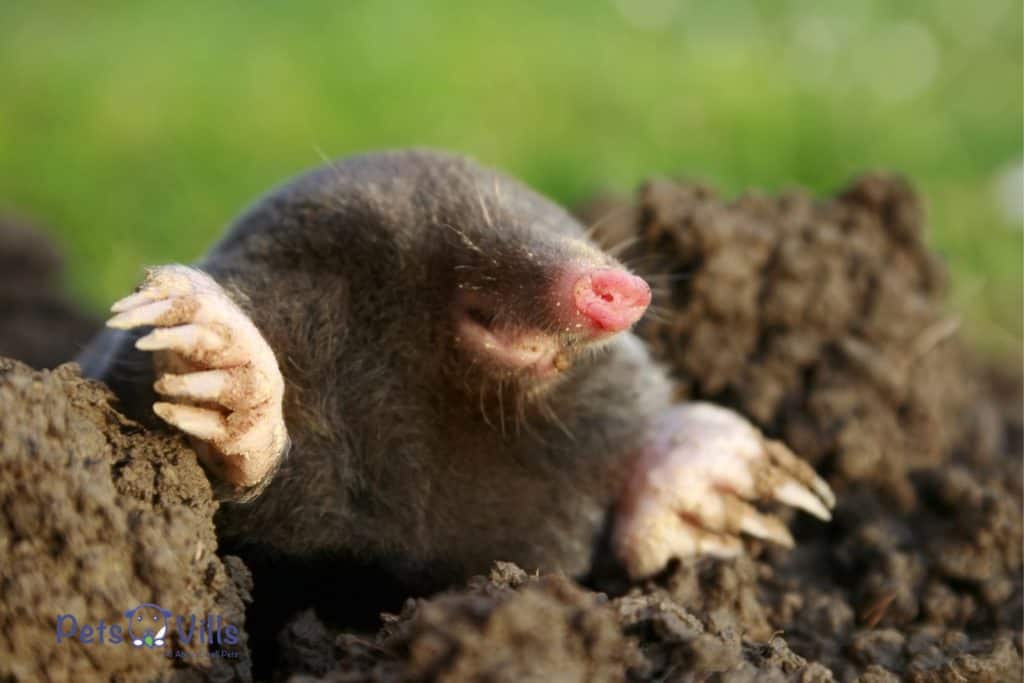
24. Monkeys
In California, monkeys can only be owned, with a permit, by qualified individuals, such as those training monkeys to perform in movies and on television or for use in medical research.
25. Opossums
These marsupials are not suitable as pets as they require specific diets and are not typically social animals.
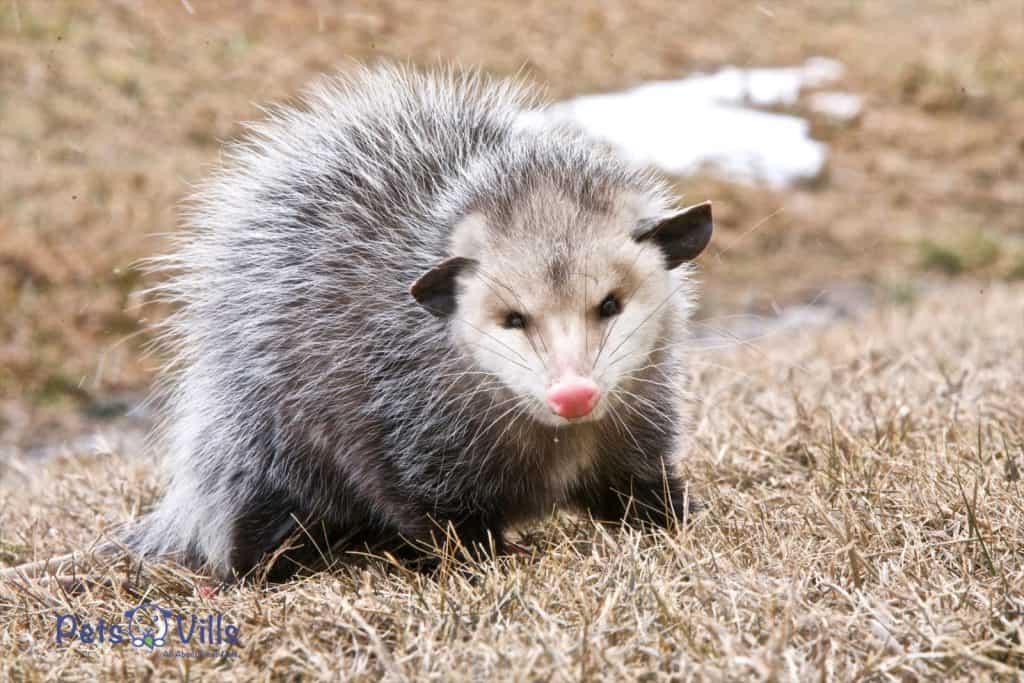
26. Otters
These aquatic mammals are not suitable as pets as they require a large amount of space to swim and play, and are known to be very difficult to care for.

27. Owls
According to the International Owl Center (4), private individuals in the United States cannot keep owls as pets.
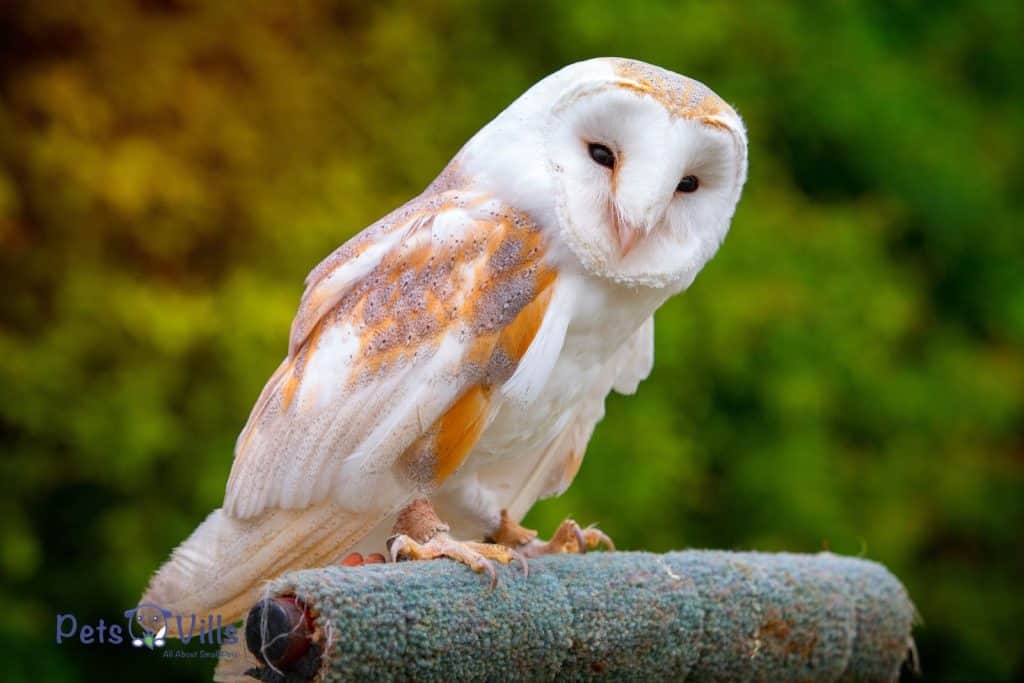
However, “they may only be possessed by trained, licensed individuals while being rehabilitated, as foster parents in a rehabilitation facility, as part of a breeding program, for educational purposes, or certain species may be used for falconry in some states.”
28. Prairie Dogs
Prairie Dogs are illegal in California to protect agriculture, natural resources, public health & safety, and wildlife.
29. Quaker Parrots
AKA Monk Parrots- Quaker Parrots are small bright green birds with gray breasts and yellow bellies. They are illegal in the state because they are deemed an invasive species since they are native to South America, specifically Argentina, Bolivia, Brazil, and Paraguay.
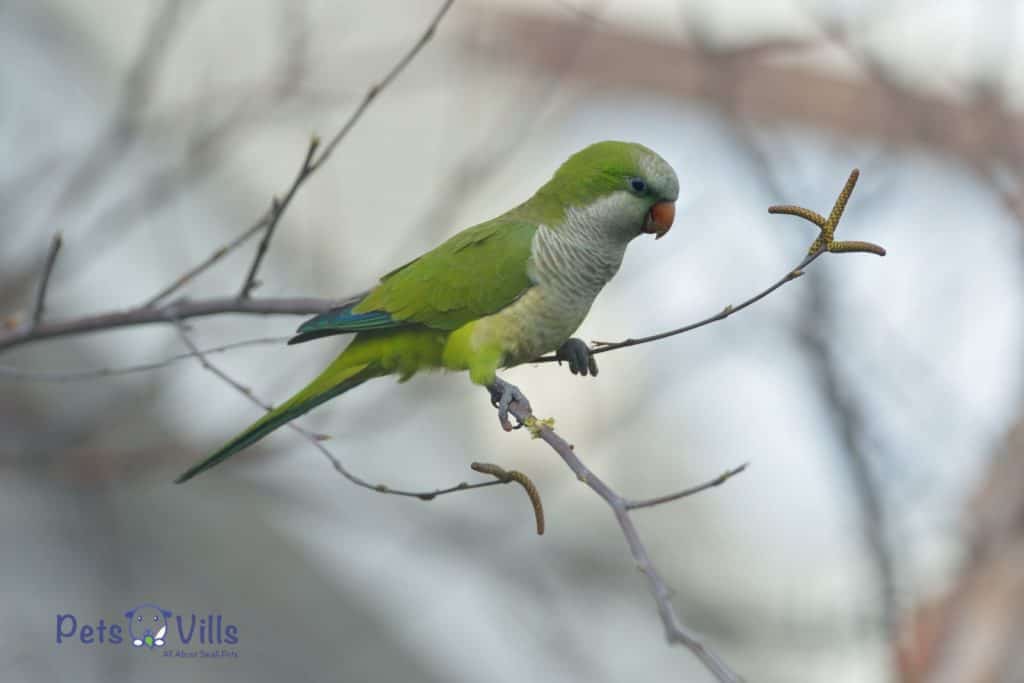
Also, California views Quaker Parrots as an agricultural threat because they can breed quickly. These parrots can lay as many as six clutches (groups) of eggs each year, with each clutch having between 5 to 12 eggs.
30. Raccoons
These omnivorous mammals are not suitable as pets as they can carry diseases and have specialized needs that are difficult to meet in a home environment.
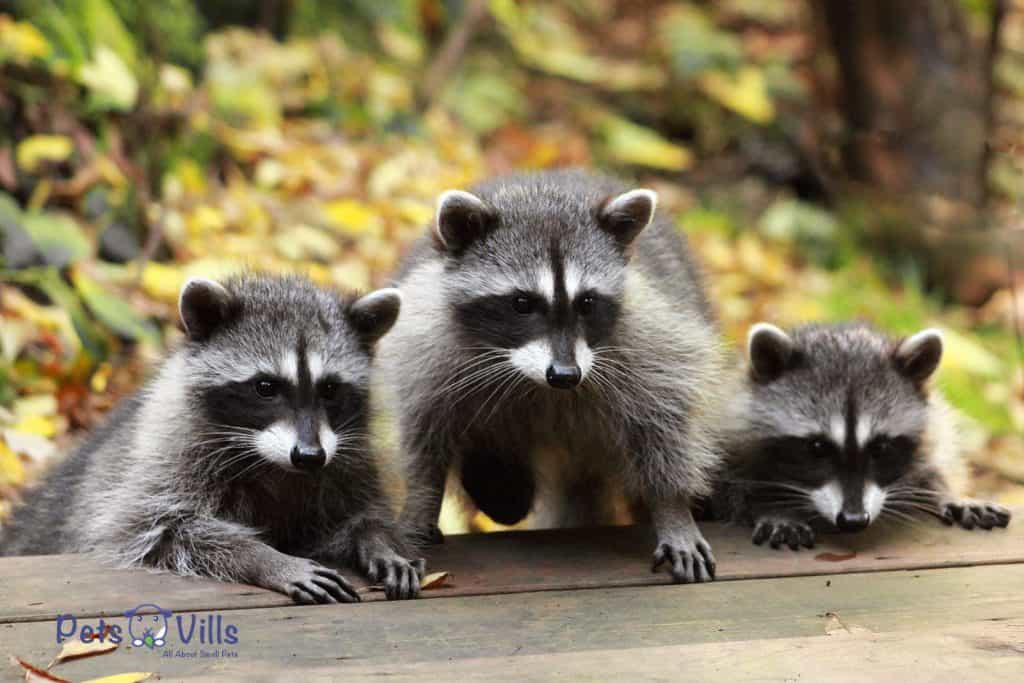
31. Skunks
These mammals are often kept as pets for their distinctive scent glands, but they are not suitable pets as they can be unpredictable and require a lot of specialized care.

32. Sloths
Sloths are illegal in California to prevent the depletion of populations in the wild. Six species of sloths currently exist and two of them are considered endangered- the Pygmy and the Maned (both of them are three-toed sloths).

33. Squirrels
These rodents are not suitable as pets as they require a lot of space to climb and play, and are known to be very difficult to care for.

34. Vultures
These birds are not suitable as pets as they require a specialized diet and are not meant to be kept in captivity.
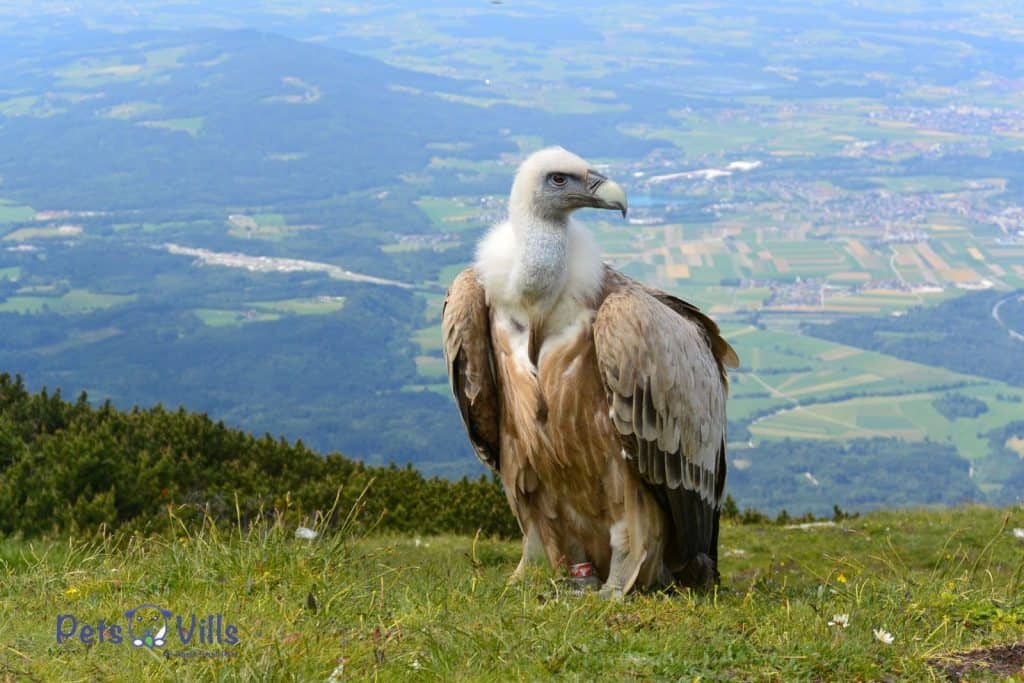
34. Weasels
These small mammals are not suitable as pets as they are often aggressive and require a lot of space to roam.
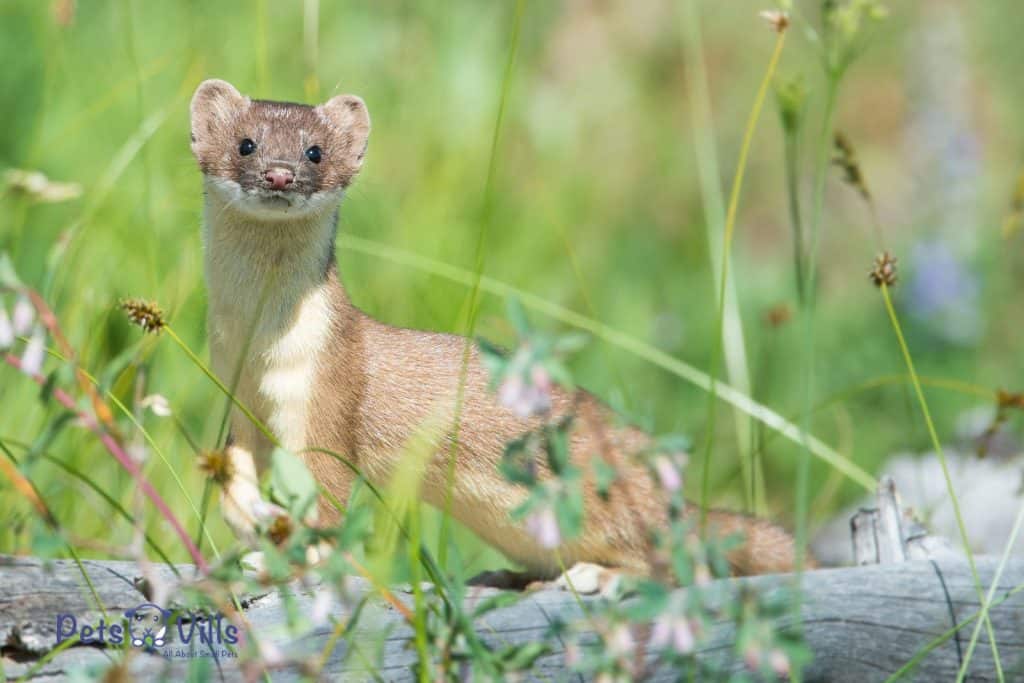
35. Sugar Gliders
Are sugar gliders legal in CA? No, they are illegal to own as pets in the state.

These small marsupials are often kept as pets for their cute appearance, but they are not suitable as pets as they have specialized diets and require a lot of attention and socialization.
Watch this video for further details:
Do You Need An Exotic Pet License In California?
If you live in the great state of California, you need to know that if you want to own certain exotic pets you will need to obtain an exotic animal license (aka exotic pet license).

This is a requirement established by the California Department of Fish and Wildlife (CDFW) and all pet owners should be aware of them.
According to the California Department of Fish and Wildlife (5), permits are required for every person who imports, exports, transports, or possesses any restricted animal listed in Title 14, Section 671 of the California Code of Regulations (CCR).
FAQs
Can I own a monkey in California with a permit?

Yes, if you are a qualified individual.
Can you own a Caiman in California?
No.
Can I own a tiger in California?

No. Big cats are illegal in the state.
Are zebras legal in California?
Yes.
Are chinchillas legal in California?
Yes.
Are Axolotls legal in California?
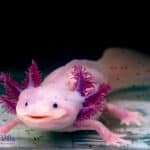
No. They are considered endangered.
Conclusion
There is no doubt that California has some of the strictest exotic animal laws in the country.
This is done not only to protect the residents of the state but also to protect certain animal species.
However, there is a lengthy list of legal pets in California. So, what exotic animals are legal in California? The list above highlights twenty-nine legal animals you can own.

Let us know what your thoughts are about California’s Laws regarding exotic animals down below!
Resources
1. 9 CFR § 1.1 – Definitions. [Internet]. LII / Legal Information Institute. Available from: https://www.law.cornell.edu/cfr/text/9/1.1
2. Why can’t I have a hedgehog, sugar glider, ferret, or other restricted, non-native species as a pet in California? [Internet]. wildlife.ca.gov. Available from: https://wildlife.ca.gov/living-with-wildlife/restricted-pet-species
3. Connor M. CTTC – California’s Permit System for Desert Tortoises [Internet]. tortoise.org. 2017 [cited 2022 Apr 28]. Available from: https://tortoise.org/general/permit_rev.html
4. Owls as Pets [Internet]. International Owl Center. Available from: https://www.internationalowlcenter.org/owlsaspets.html
5. Restricted Species Permits [Internet]. wildlife.ca.gov. [cited 2022 Apr 28]. Available from: https://wildlife.ca.gov/Licensing/Restricted-Species
Deanna is a passionate animal lover. She is the mom of several guinea pigs and sugar gliders.
When she’s not writing, Deanna loves listening to country music, or watching Dancing With The Stars.
Read her : Latest Articles
FIND HER ON: FACEBOOK and LINKEDIN and

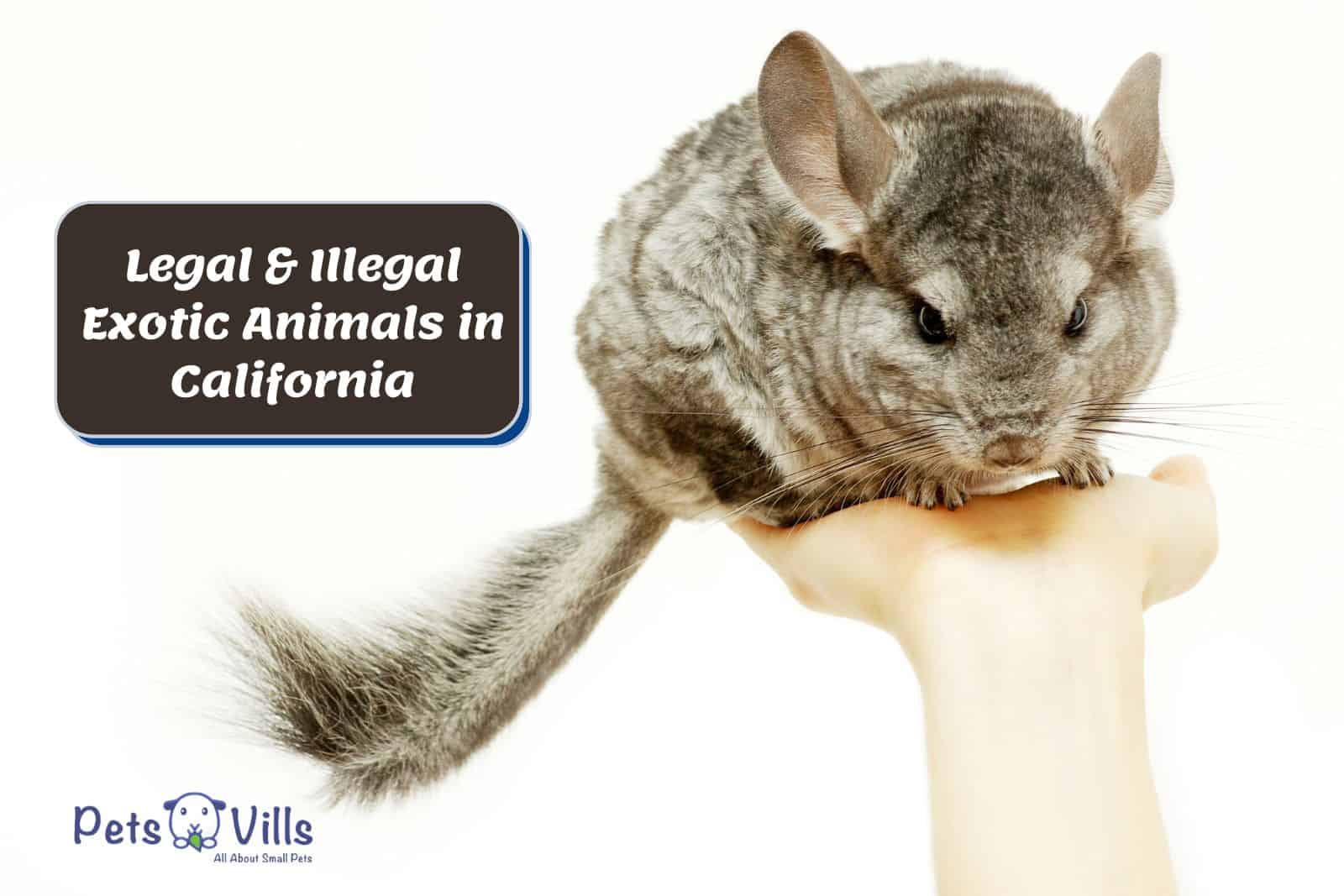
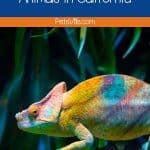

![5 Ways To Protect Your Pets While Traveling [Foolproof Tips]](https://petsvills.com/wp-content/uploads/2023/05/Ways-To-Protect-Your-Pets-While-Traveling--211x150.jpg)
